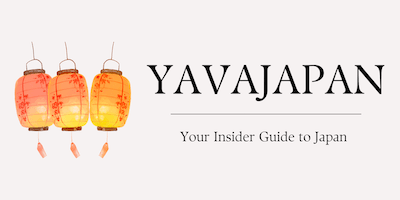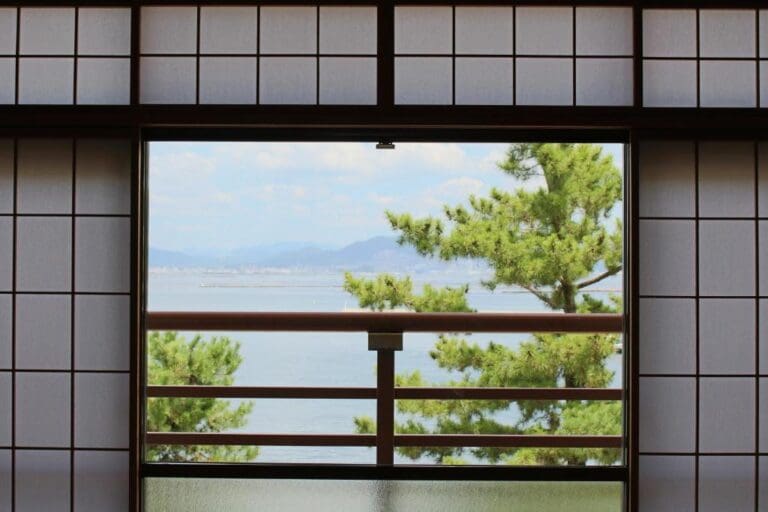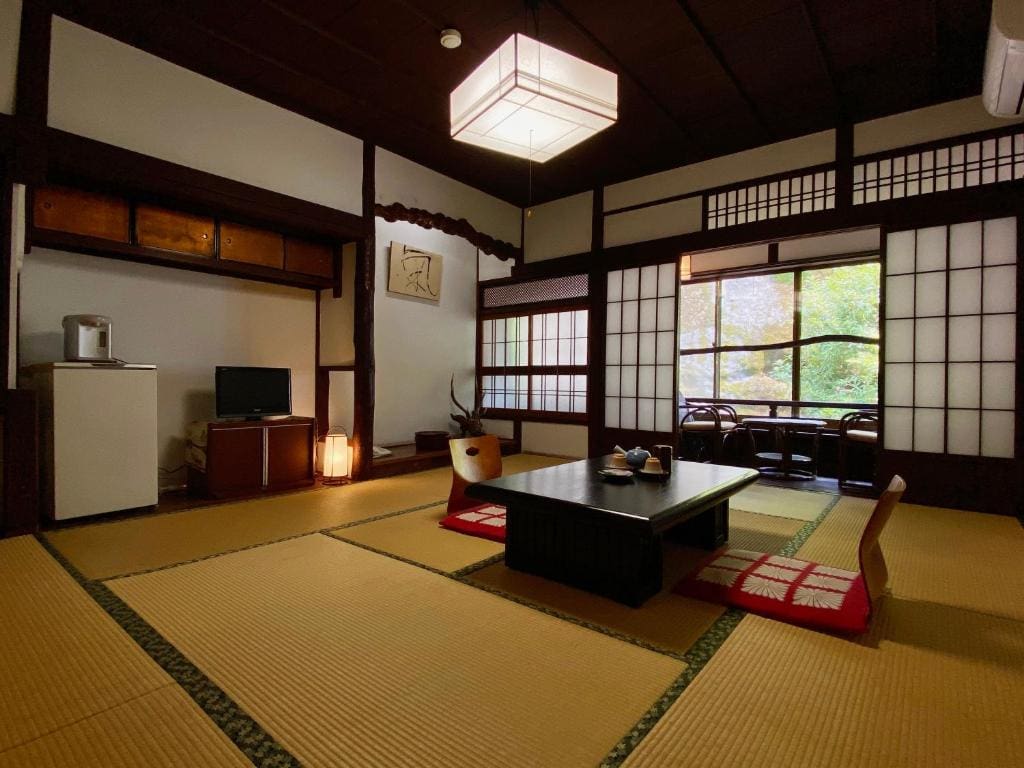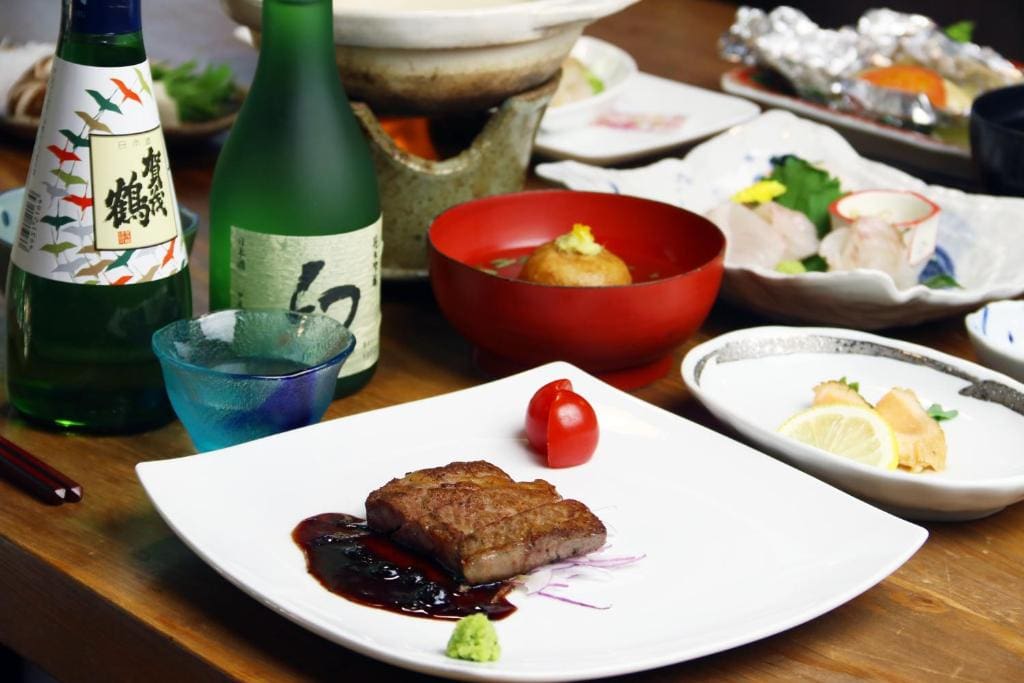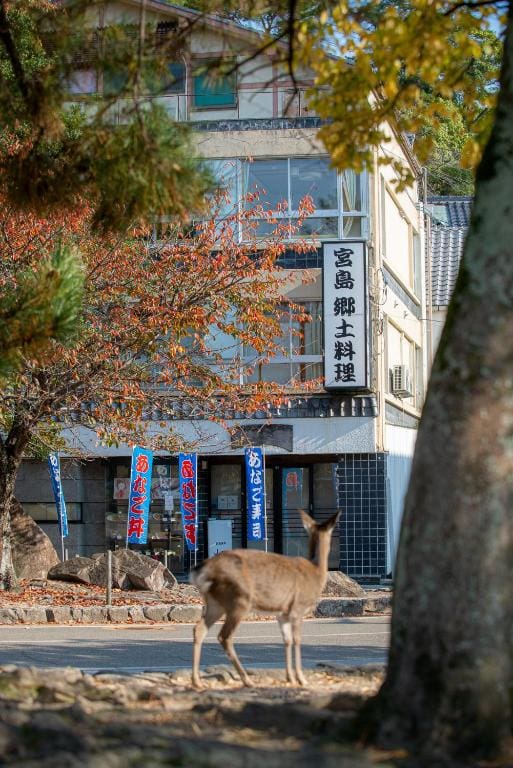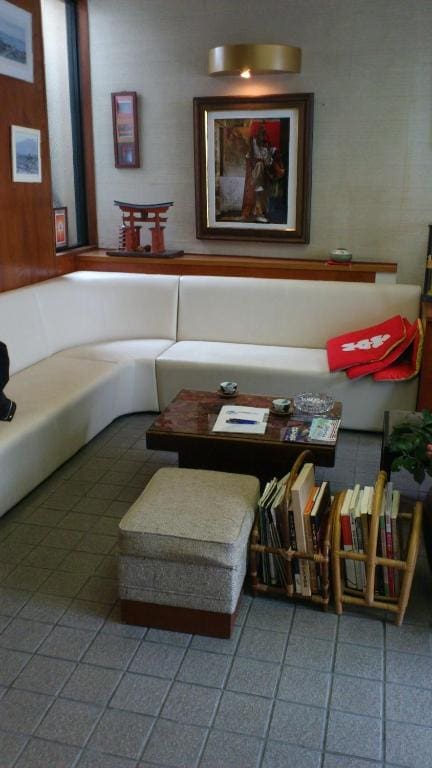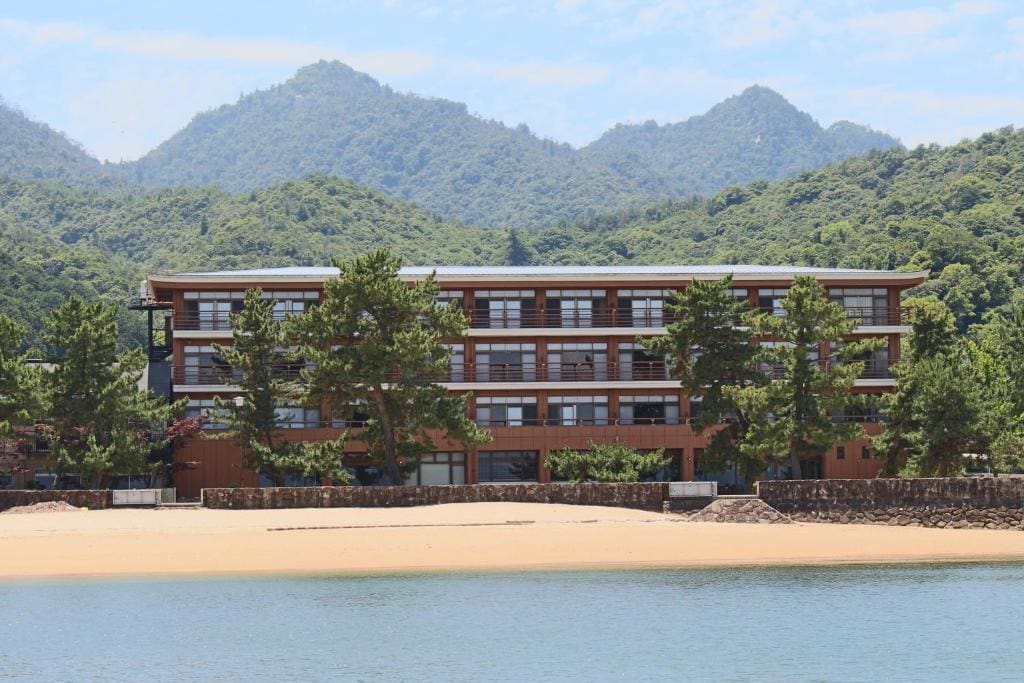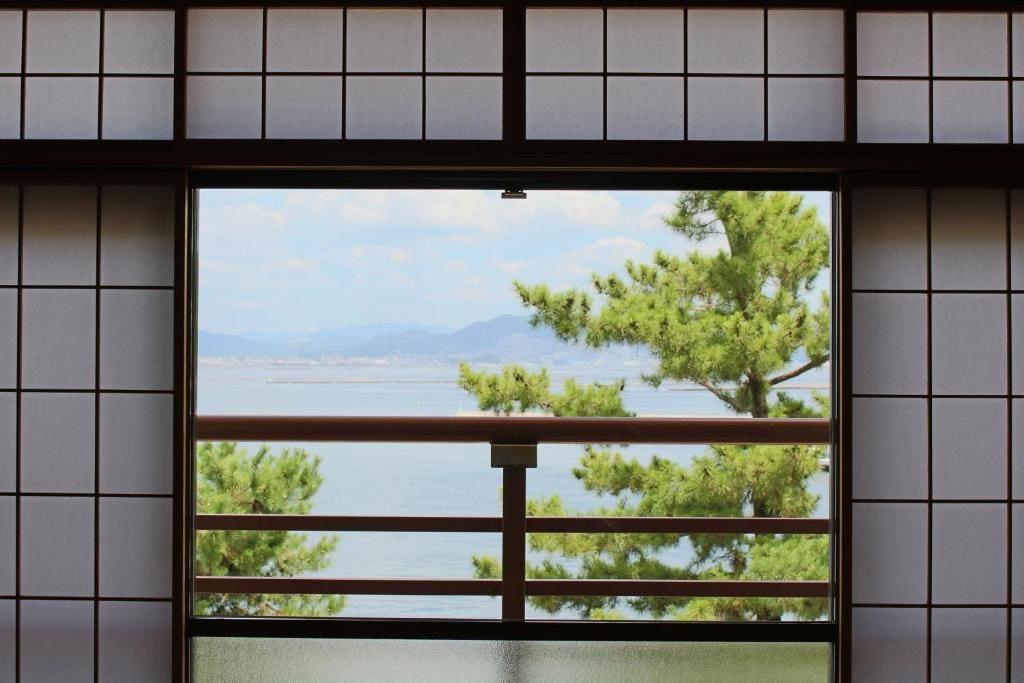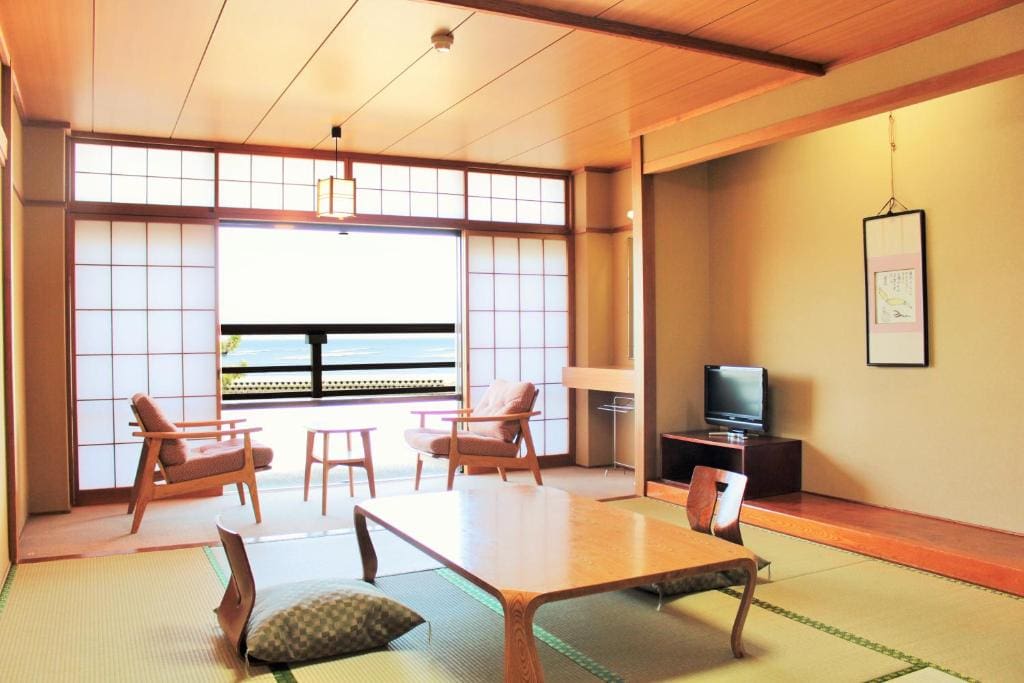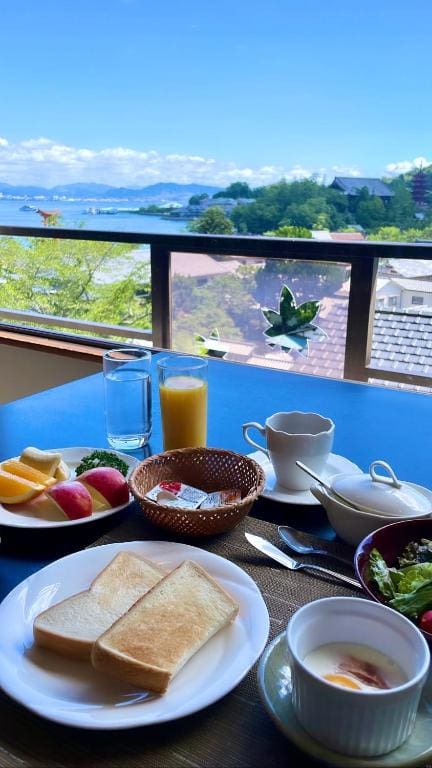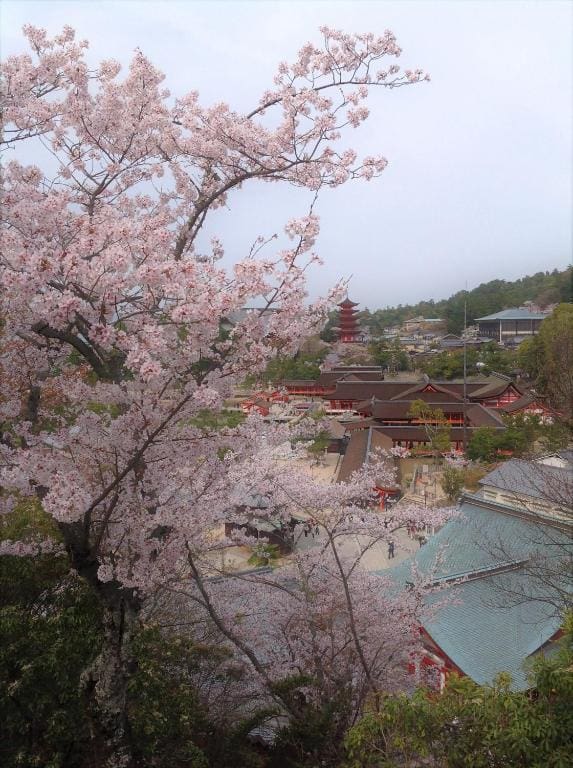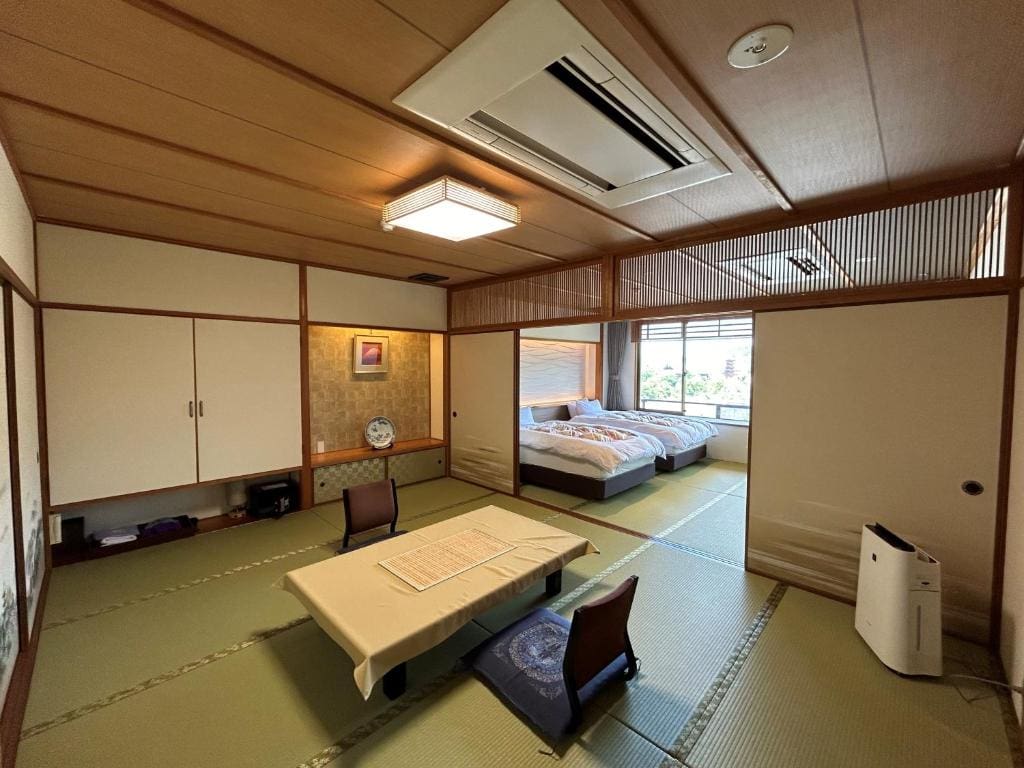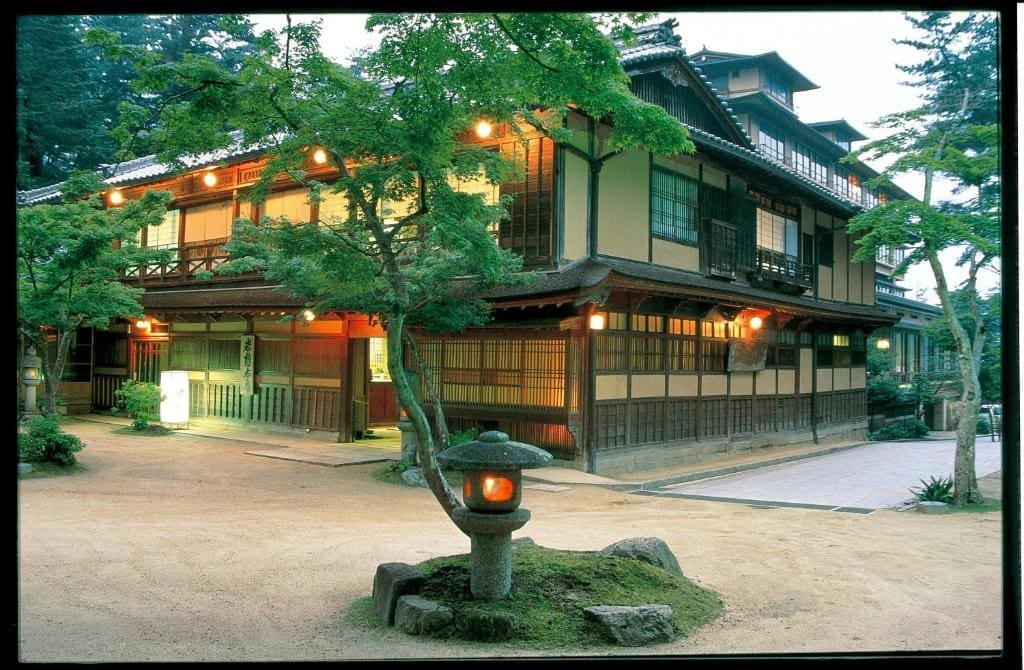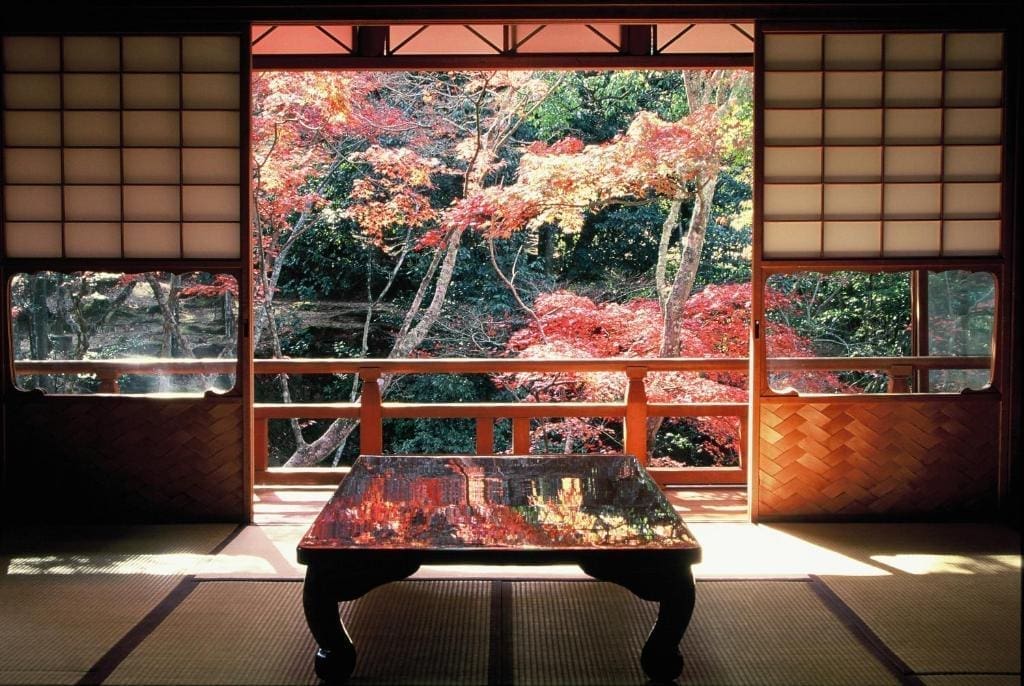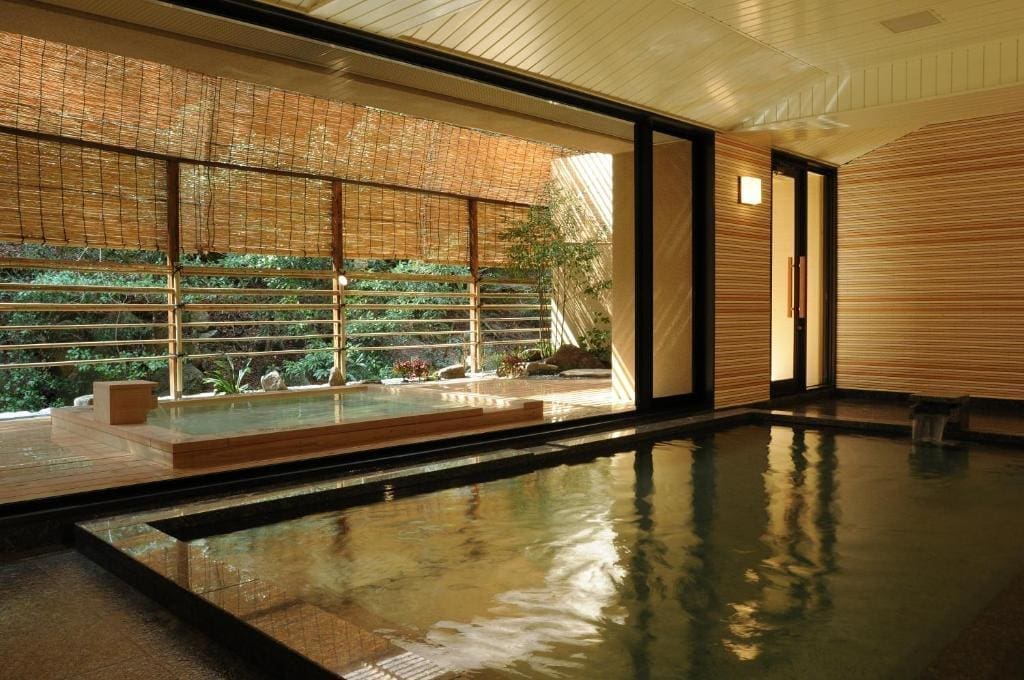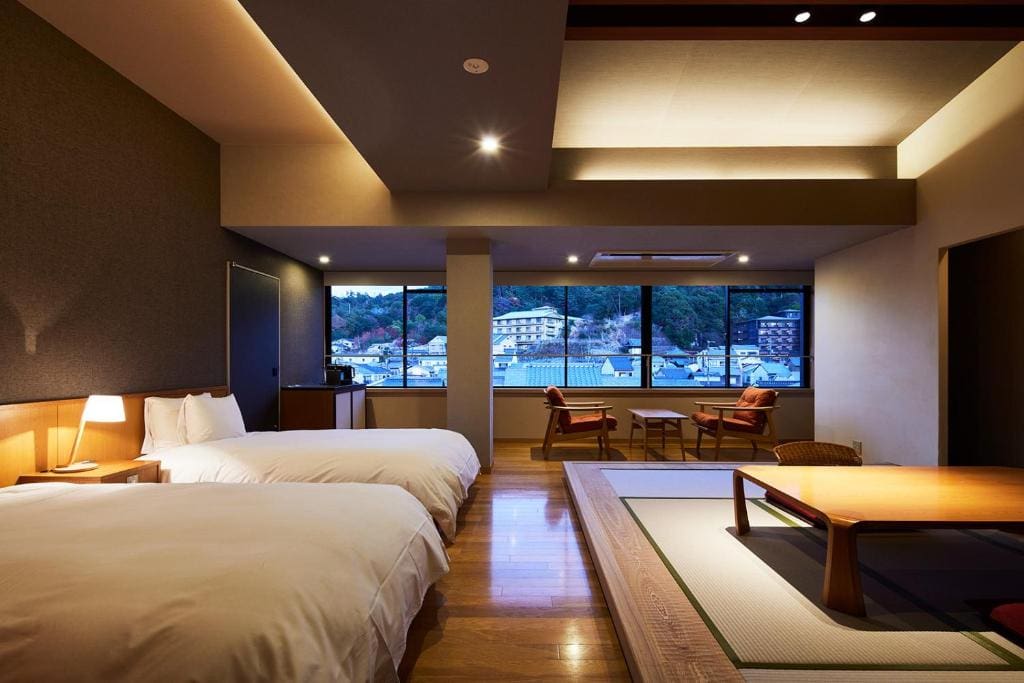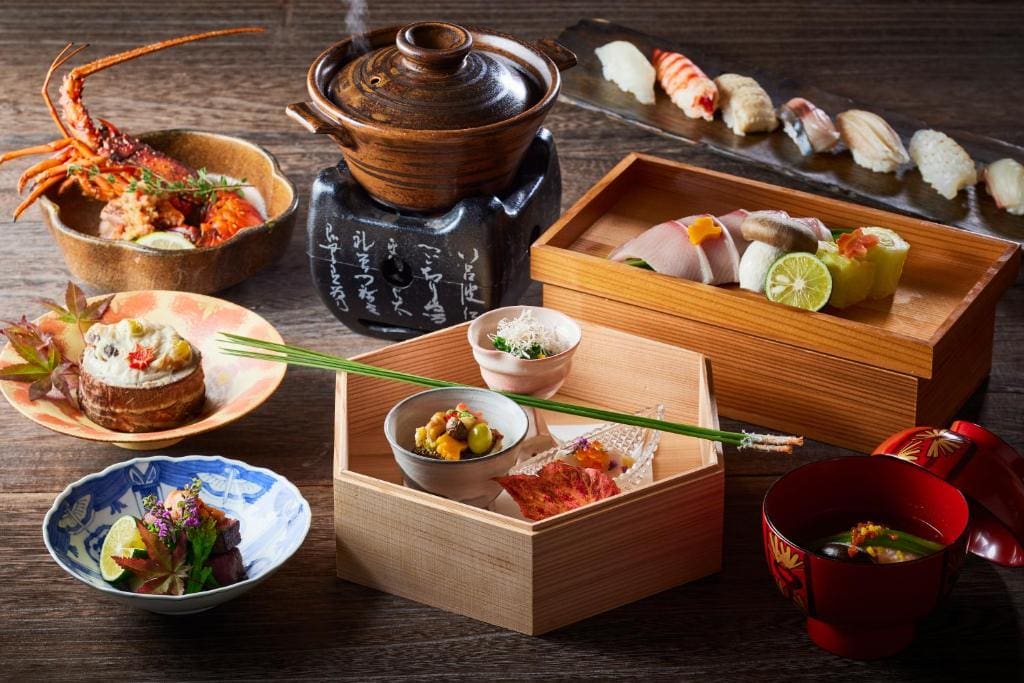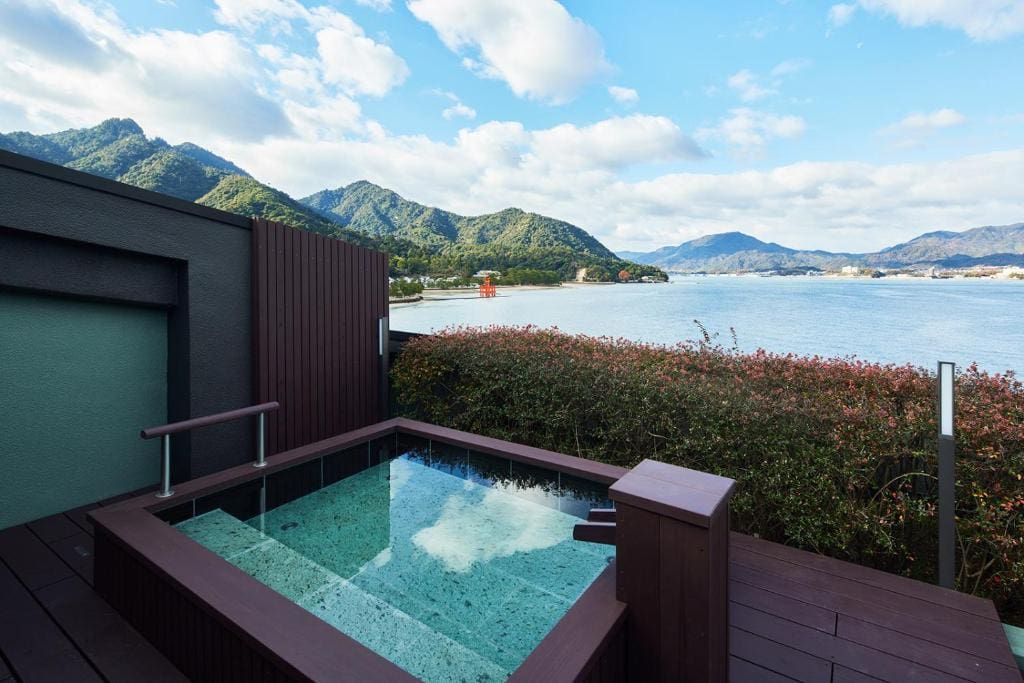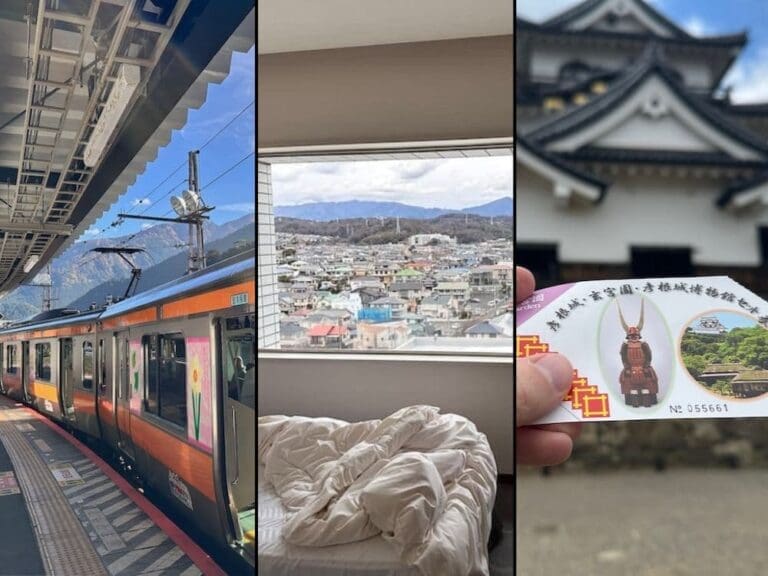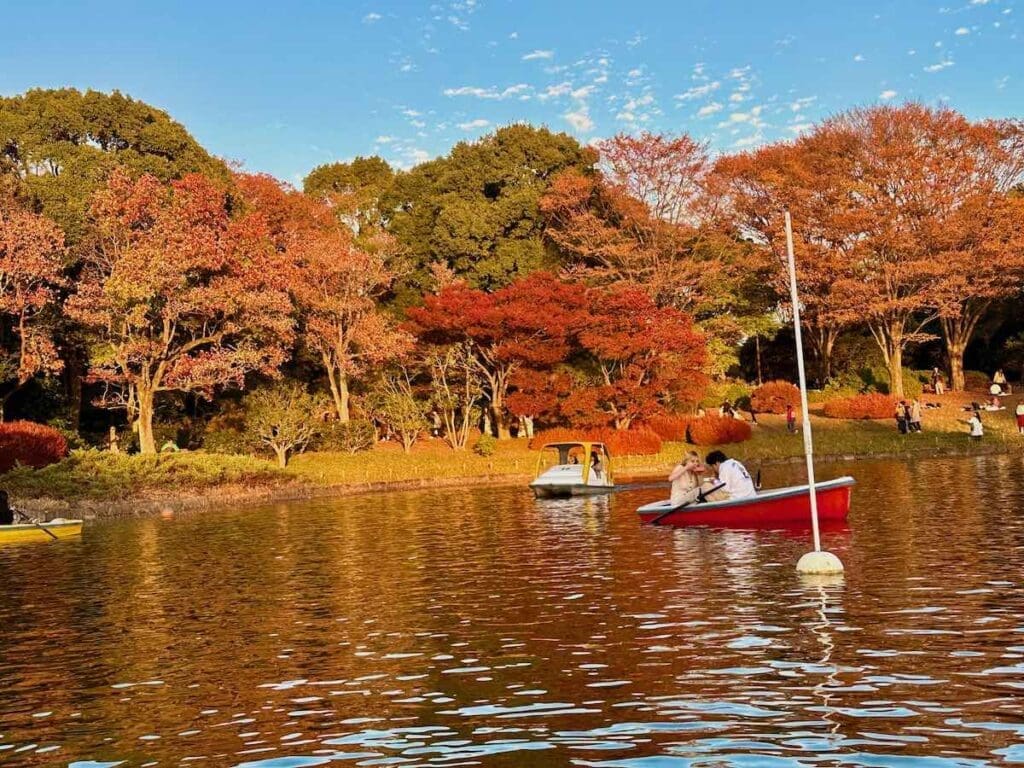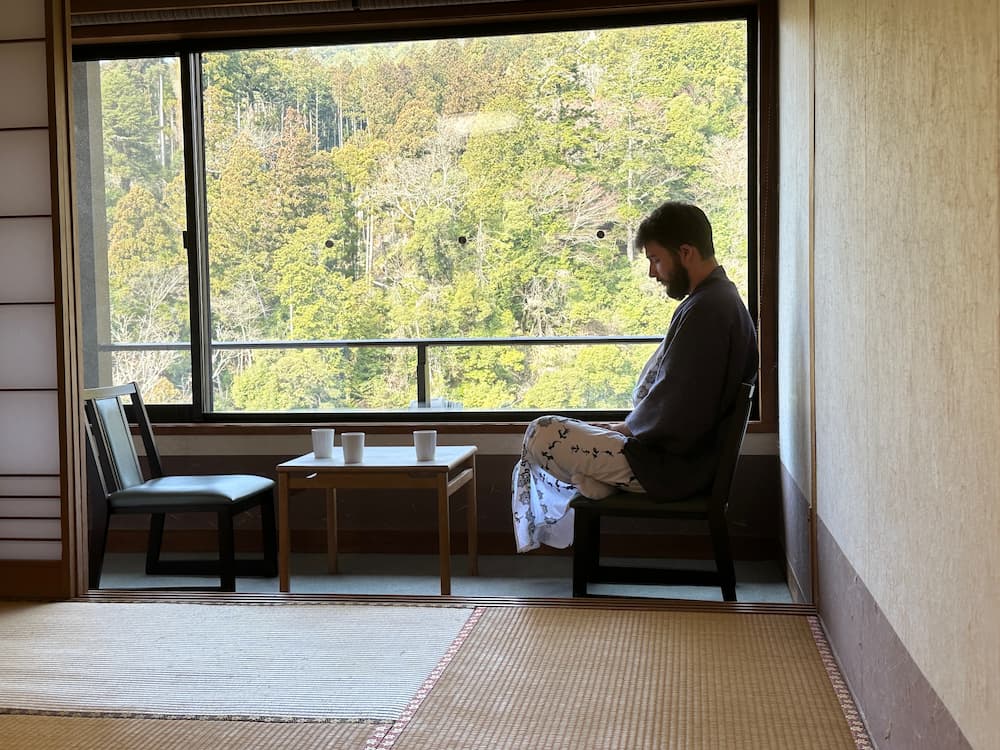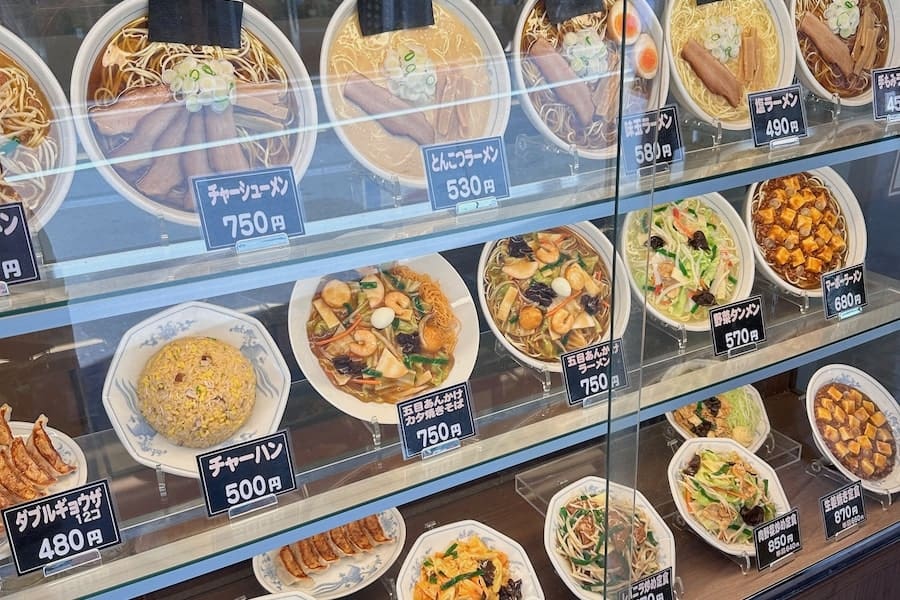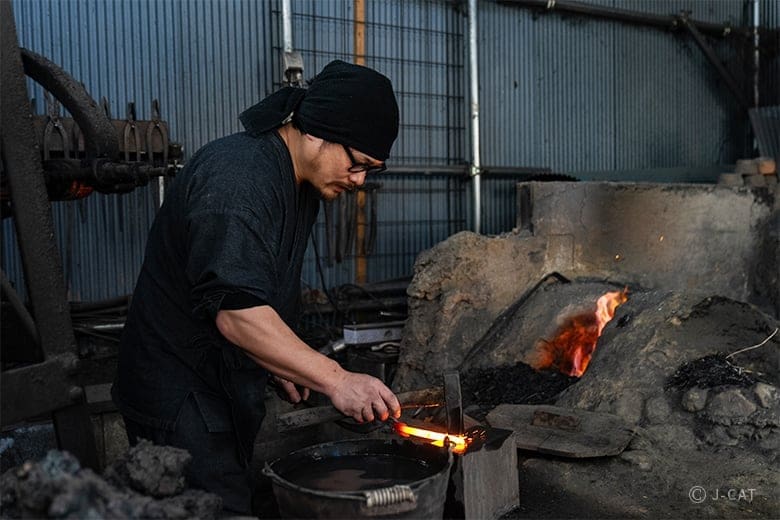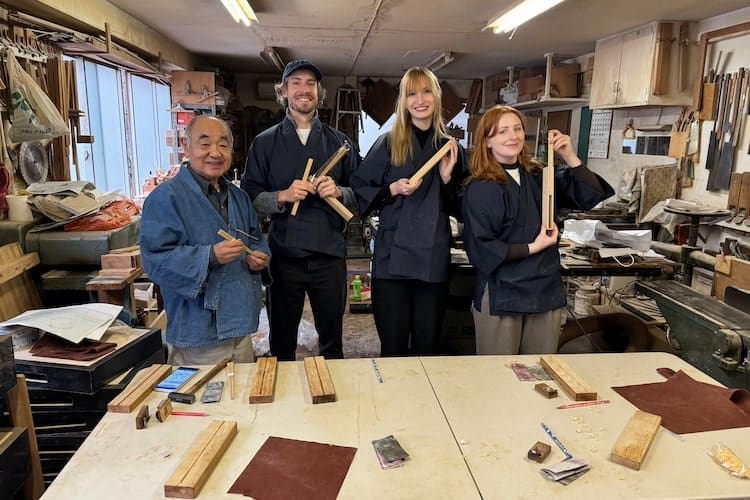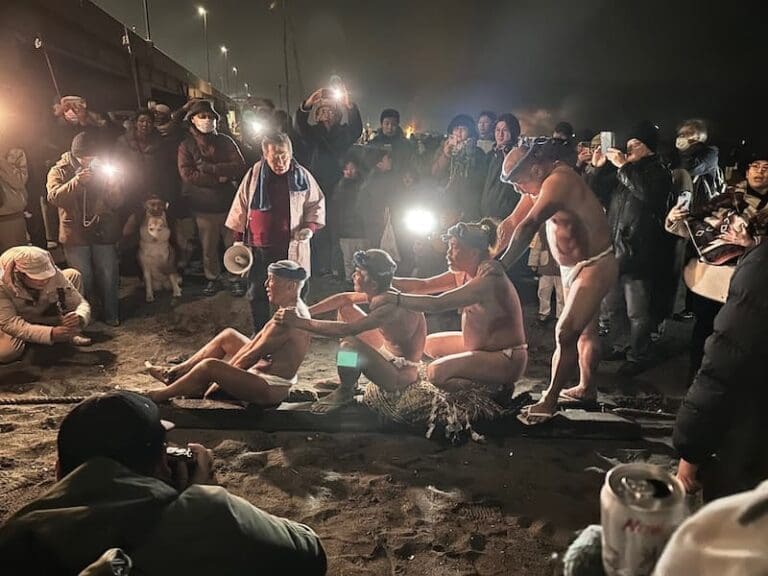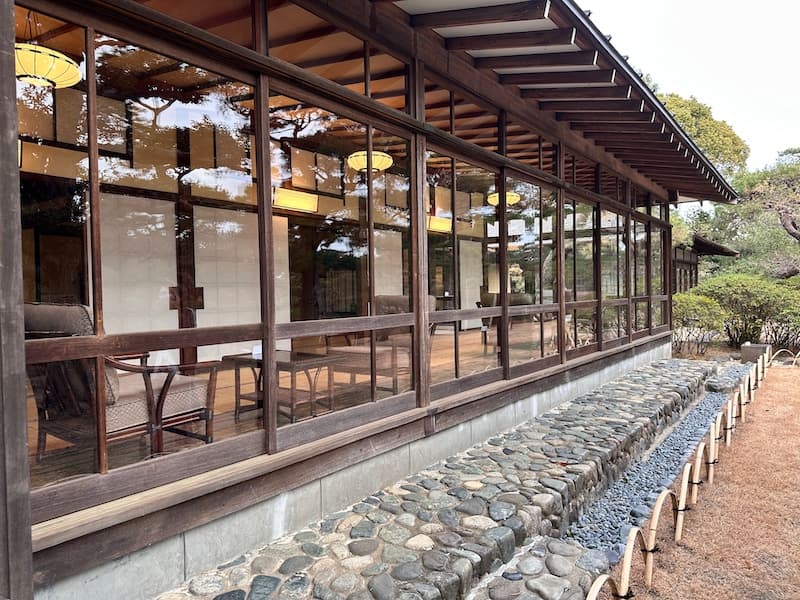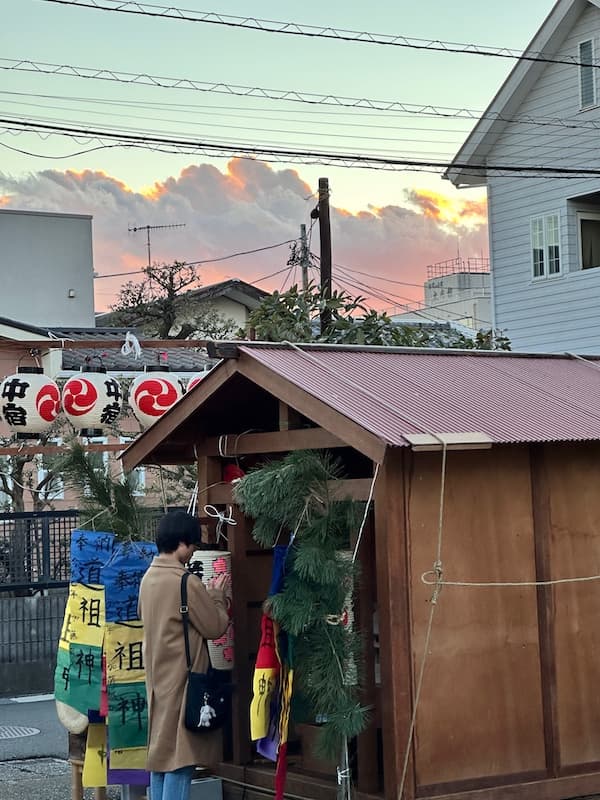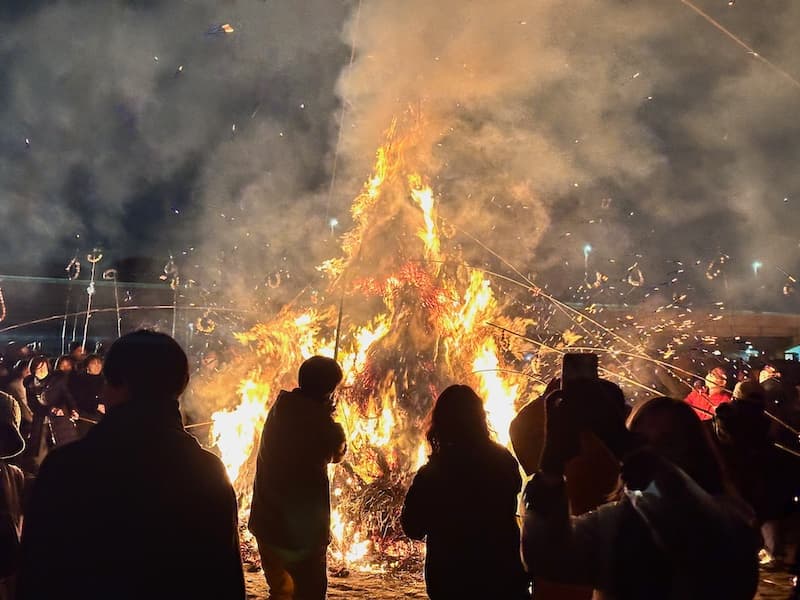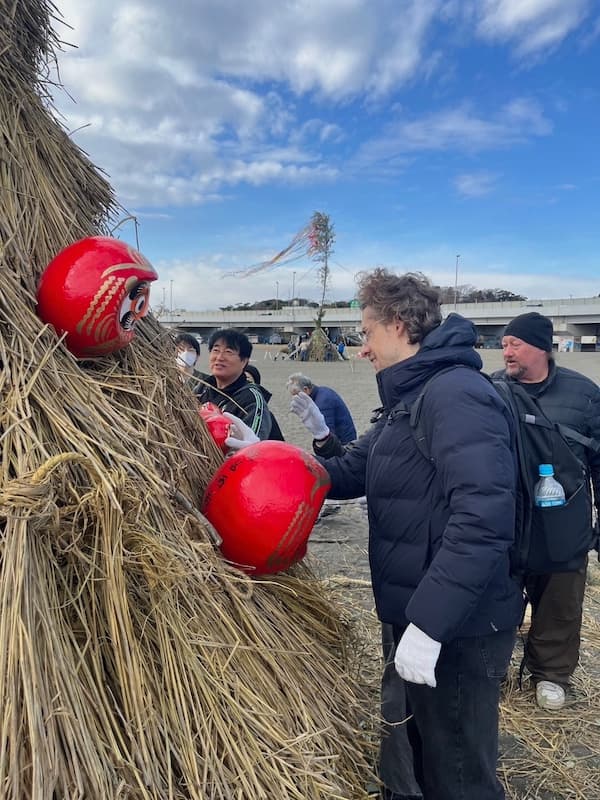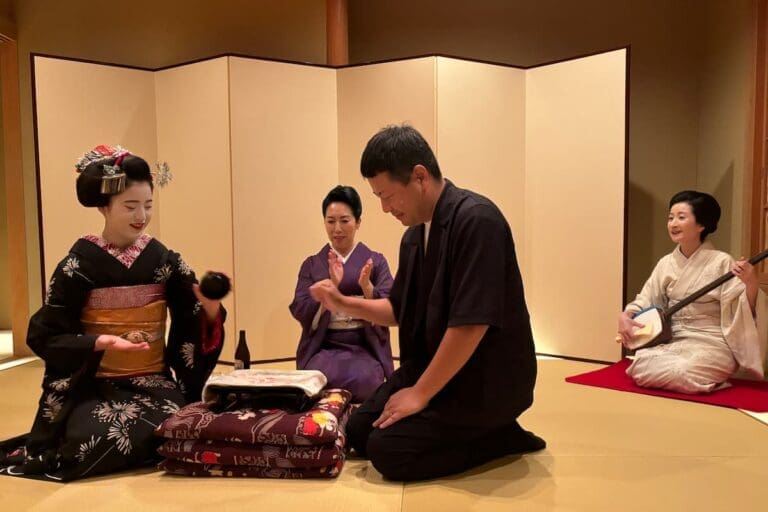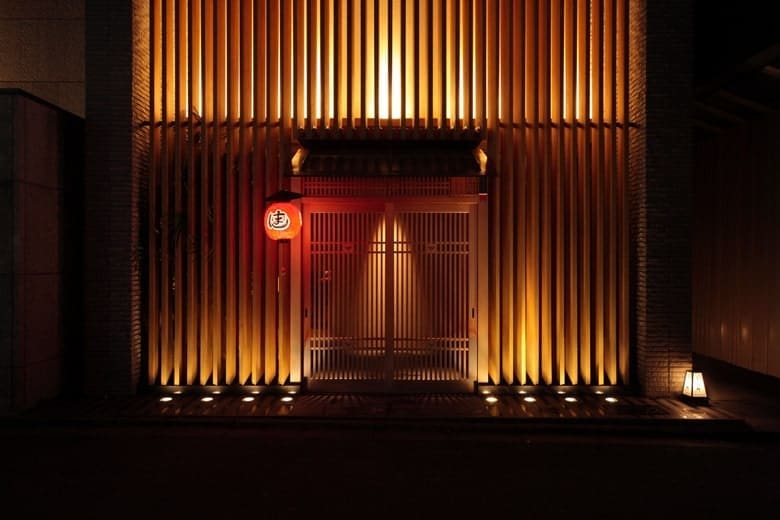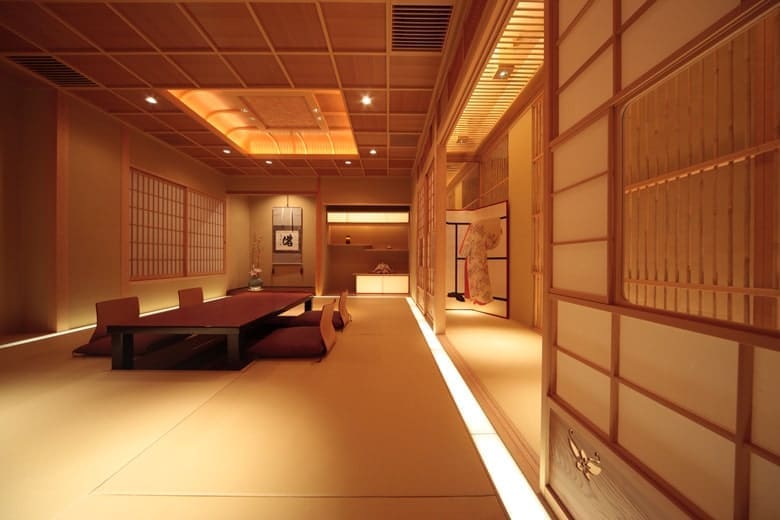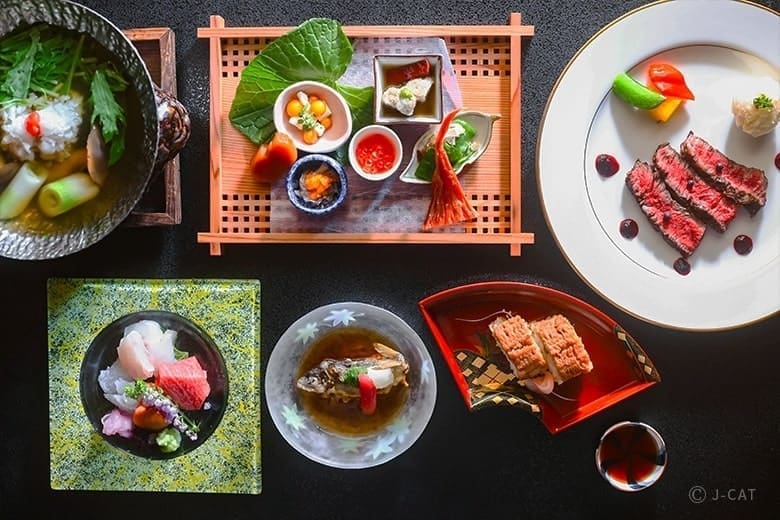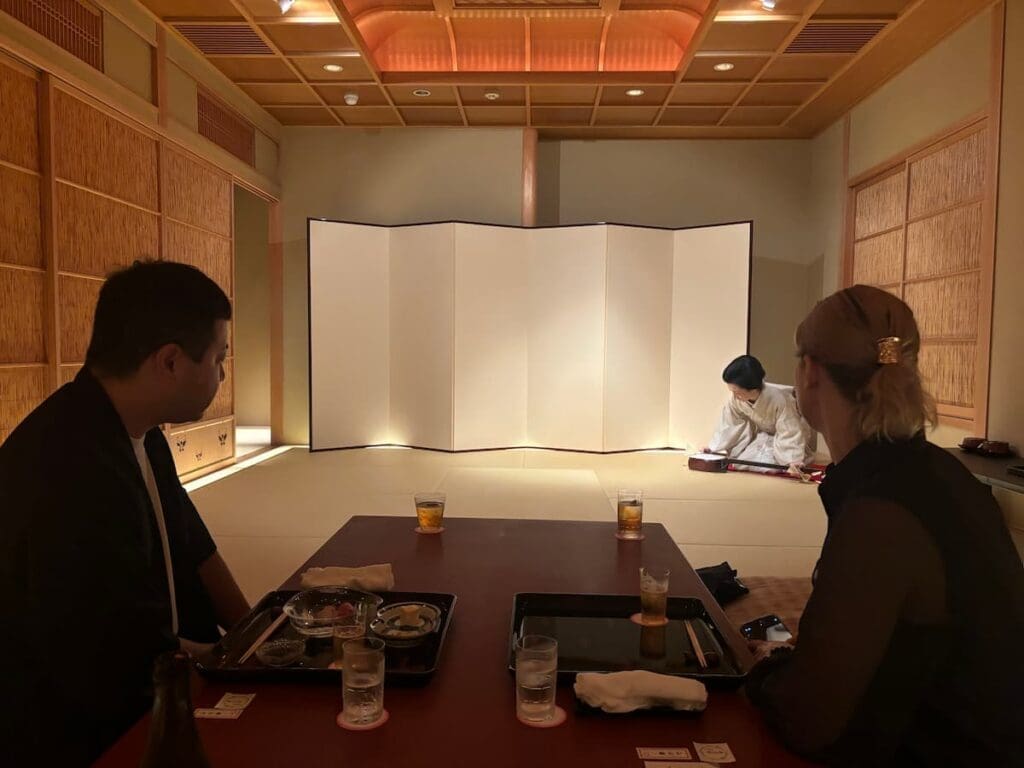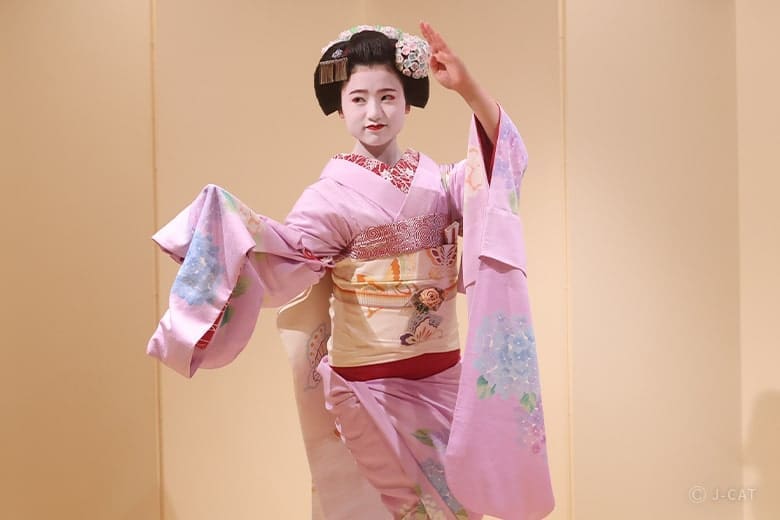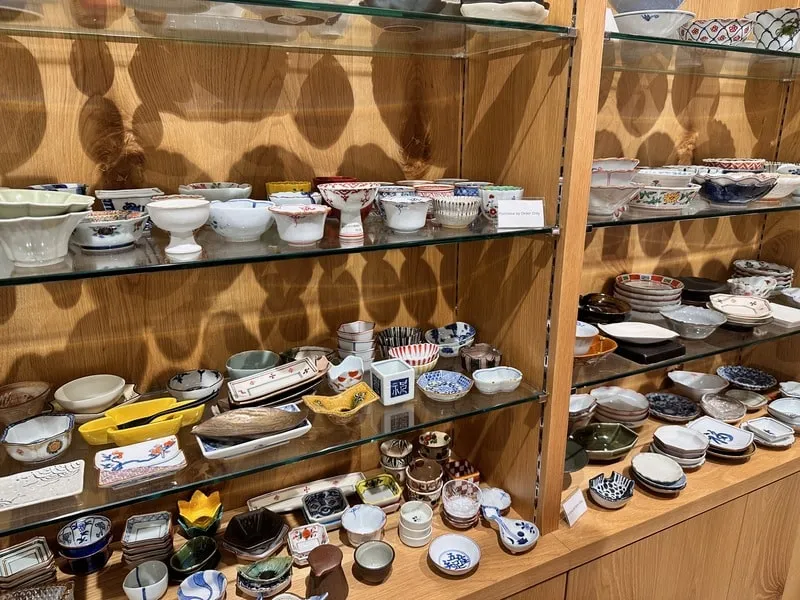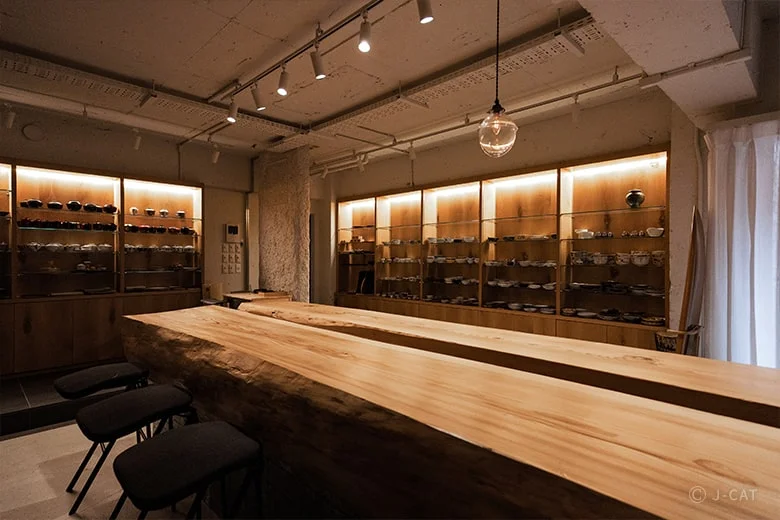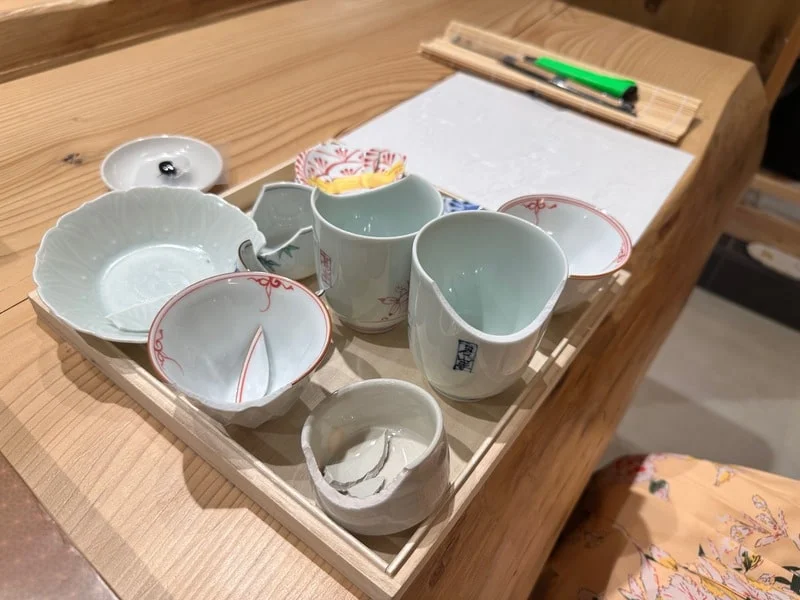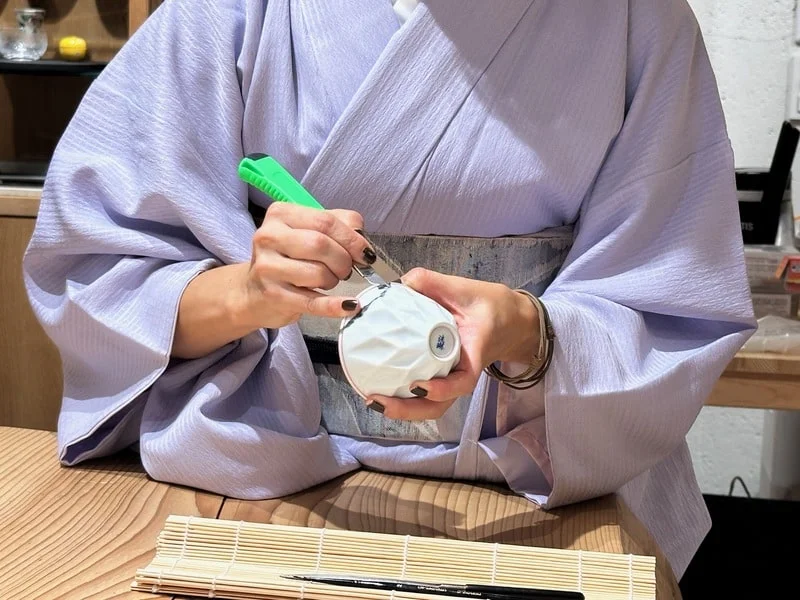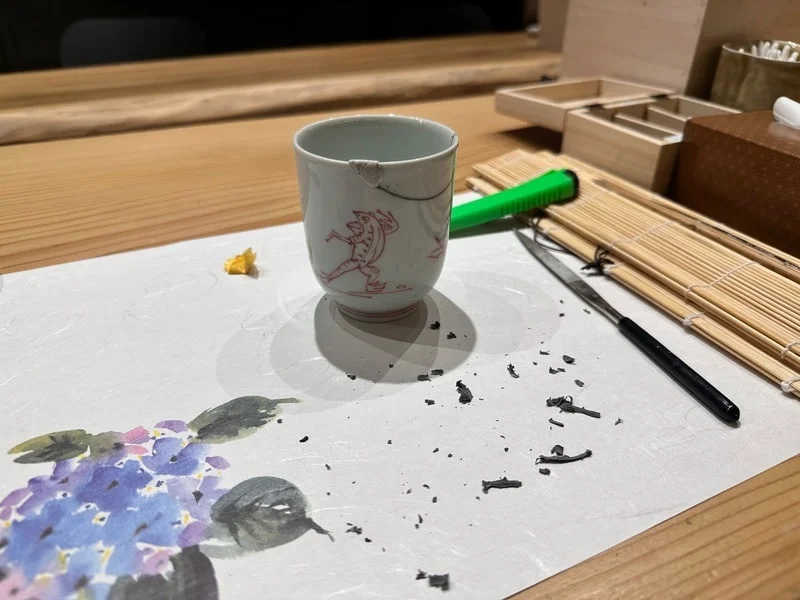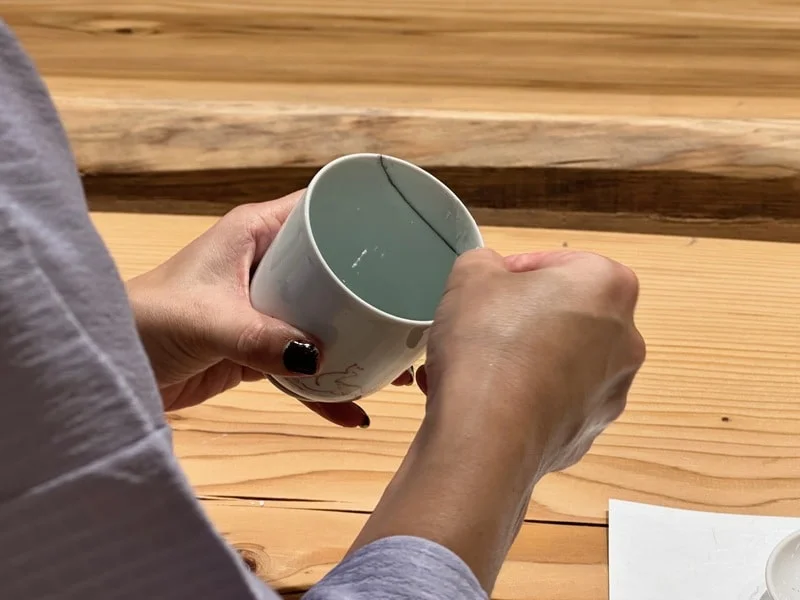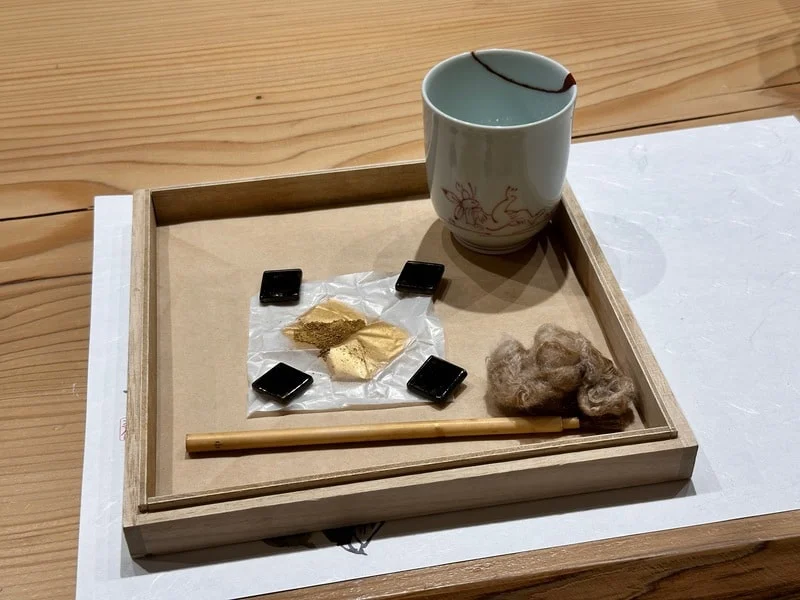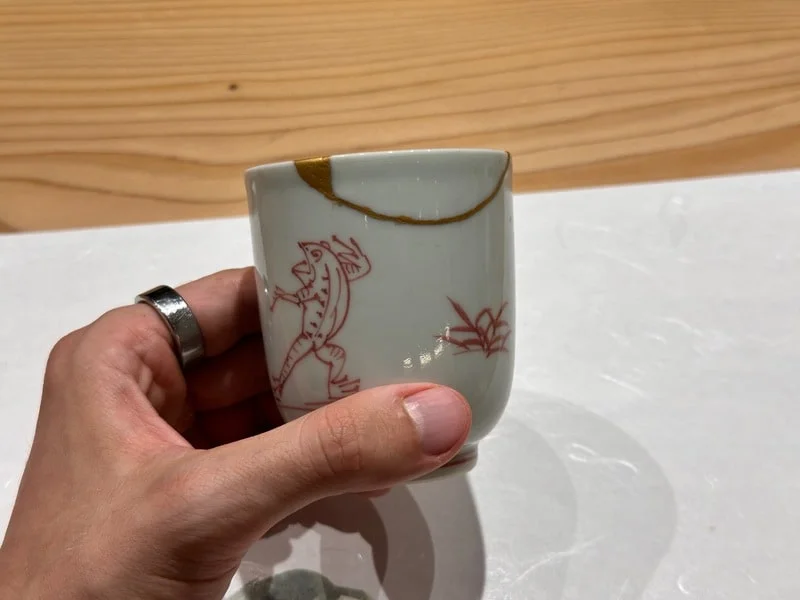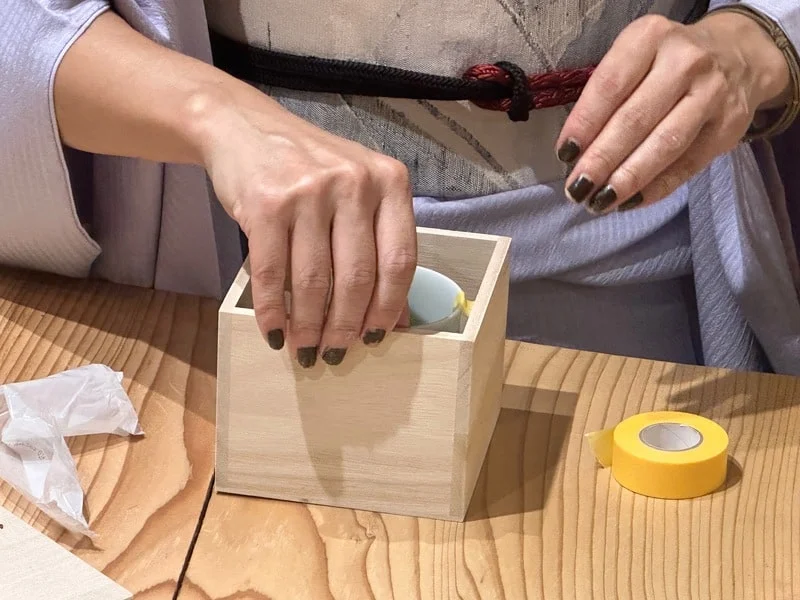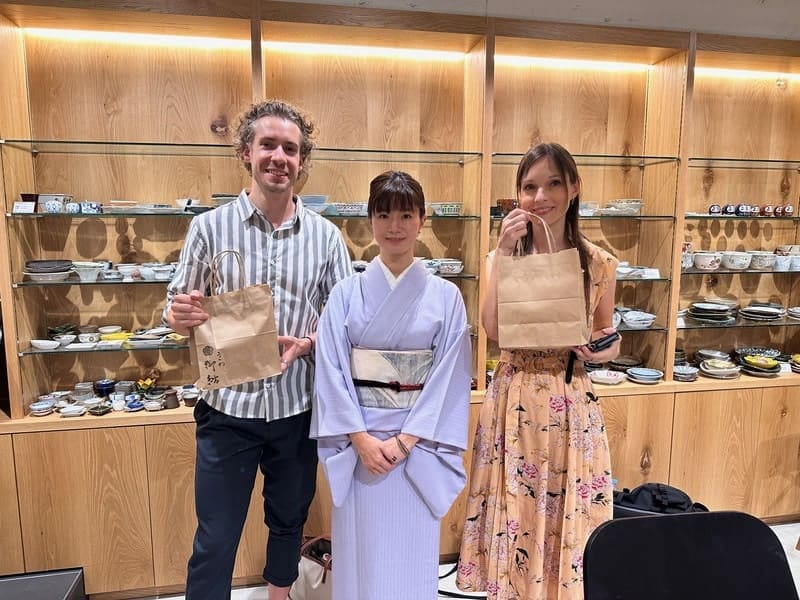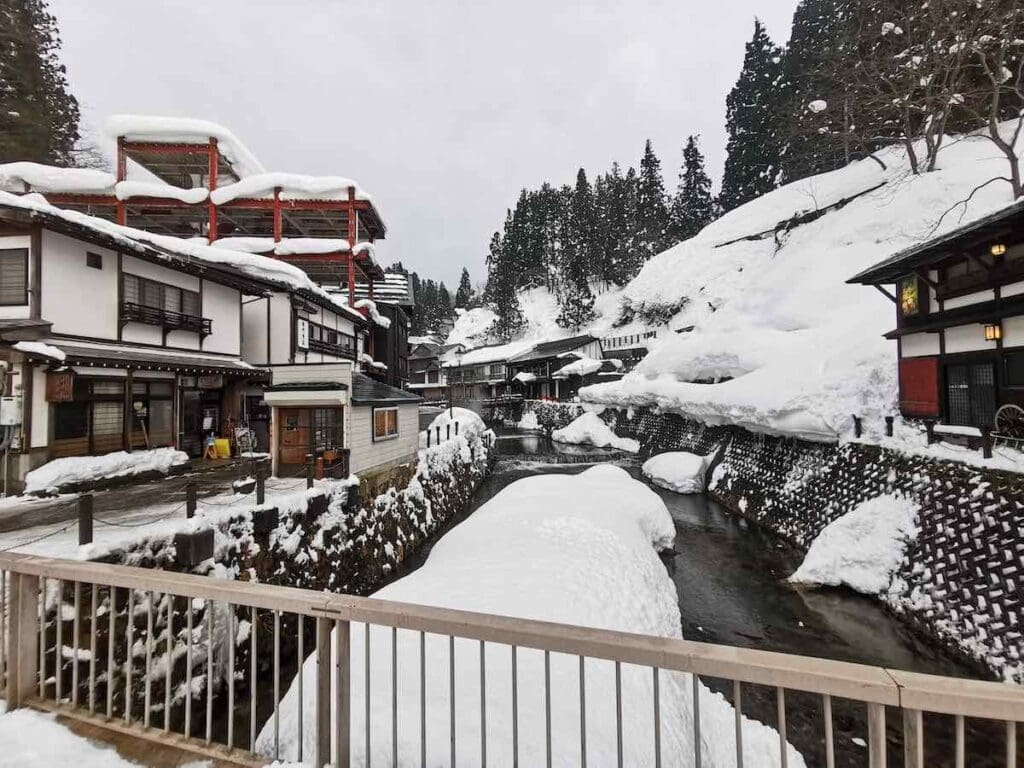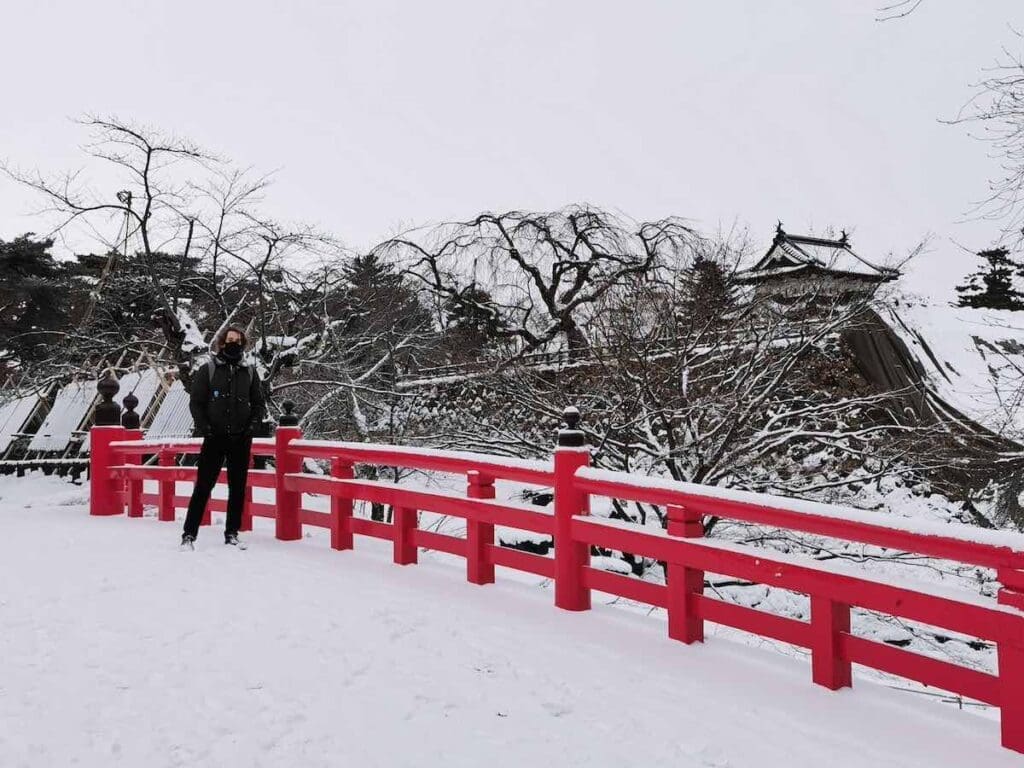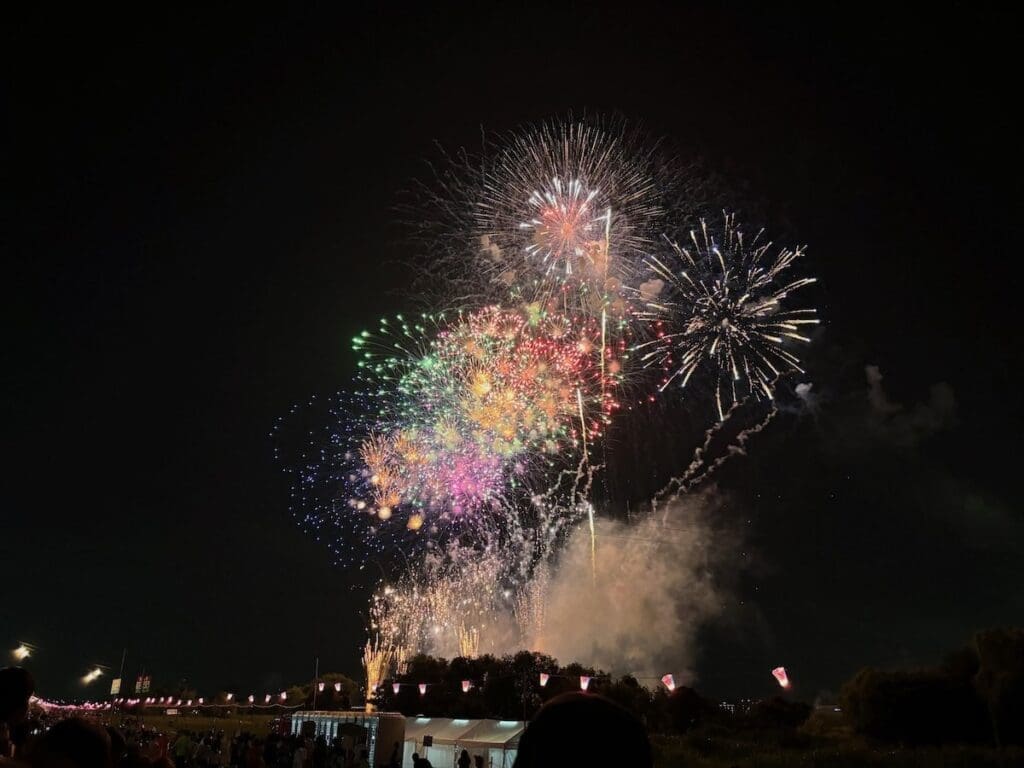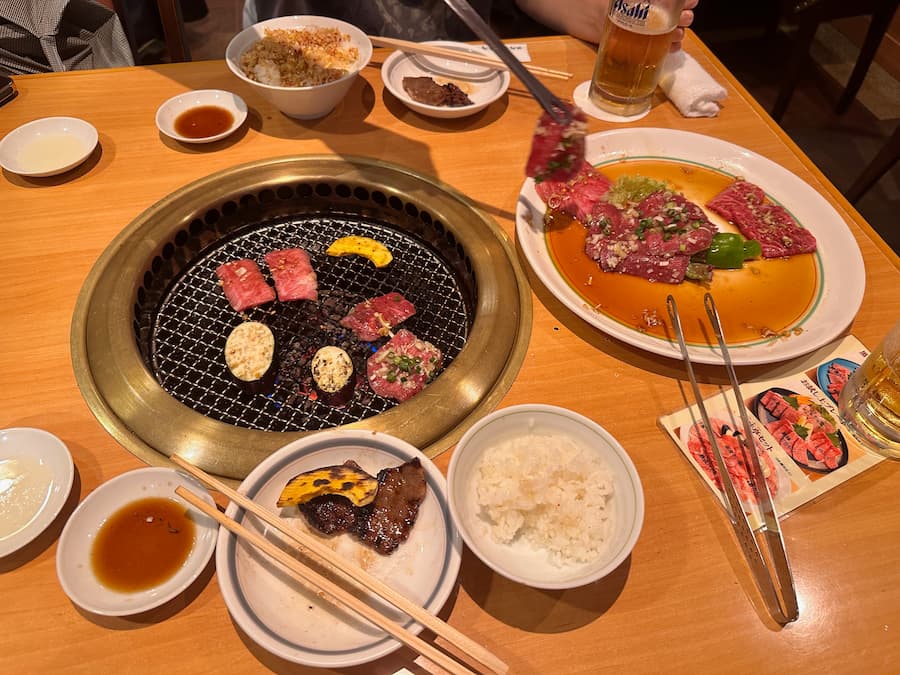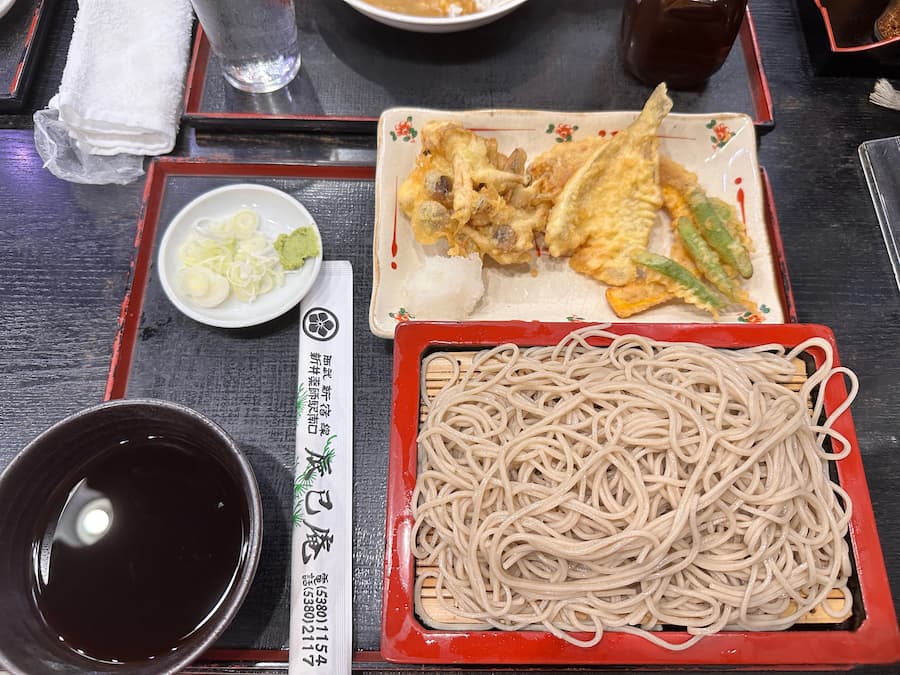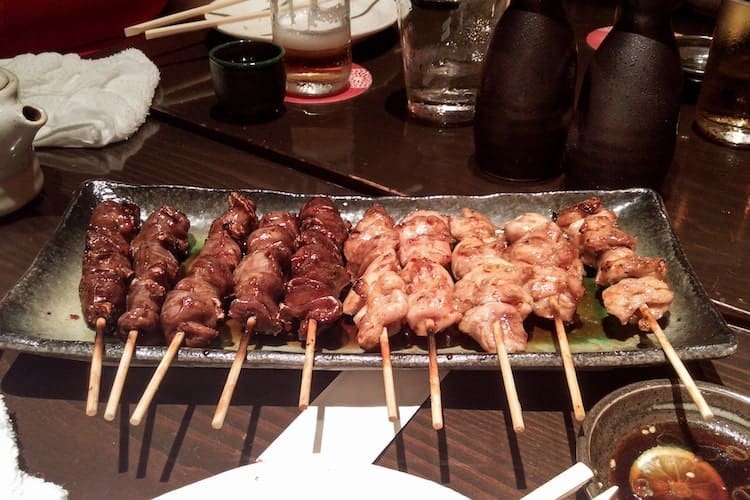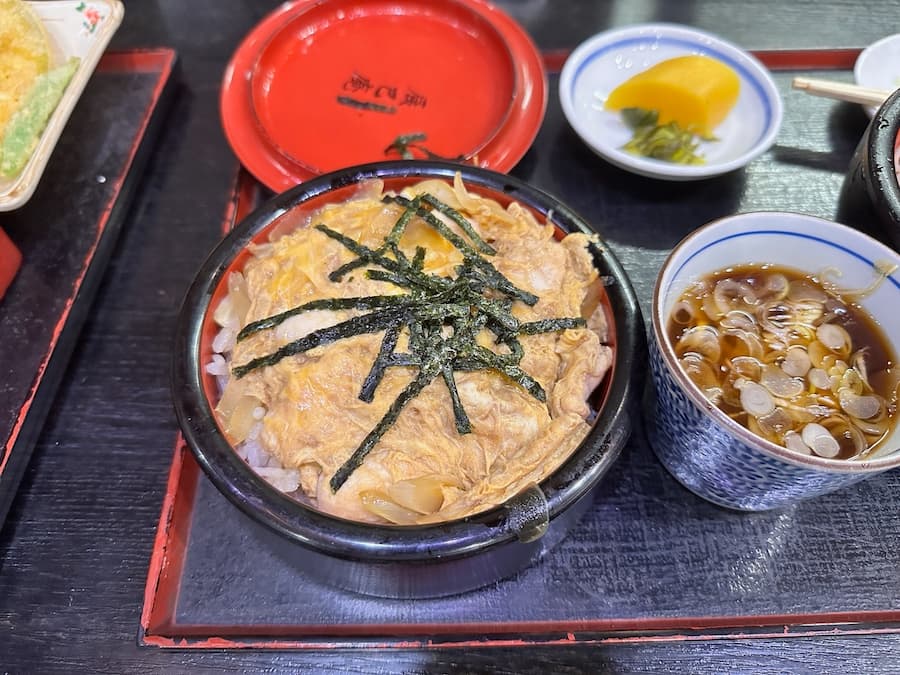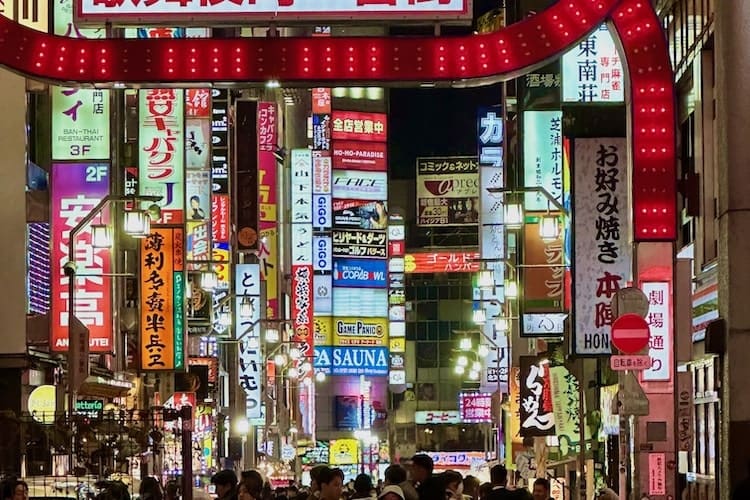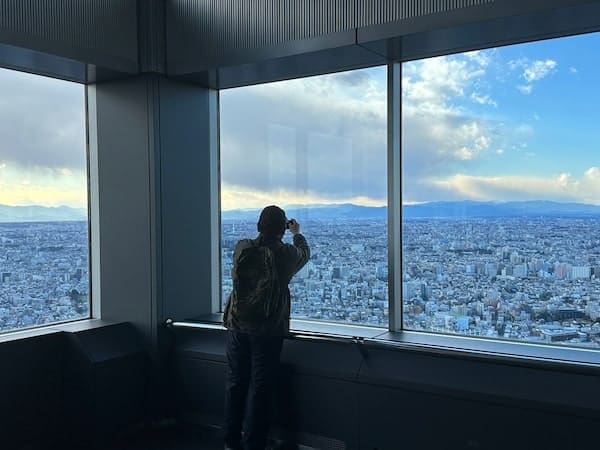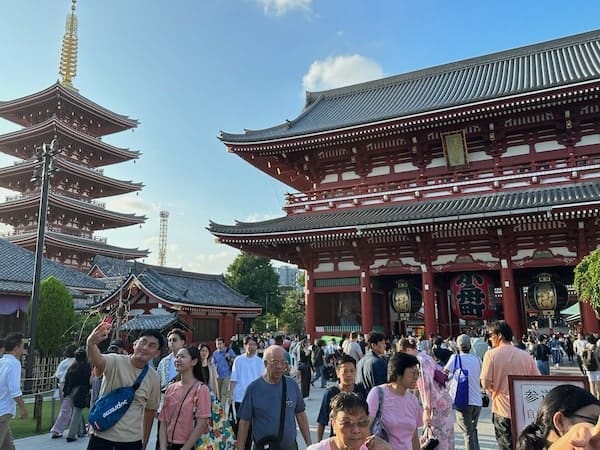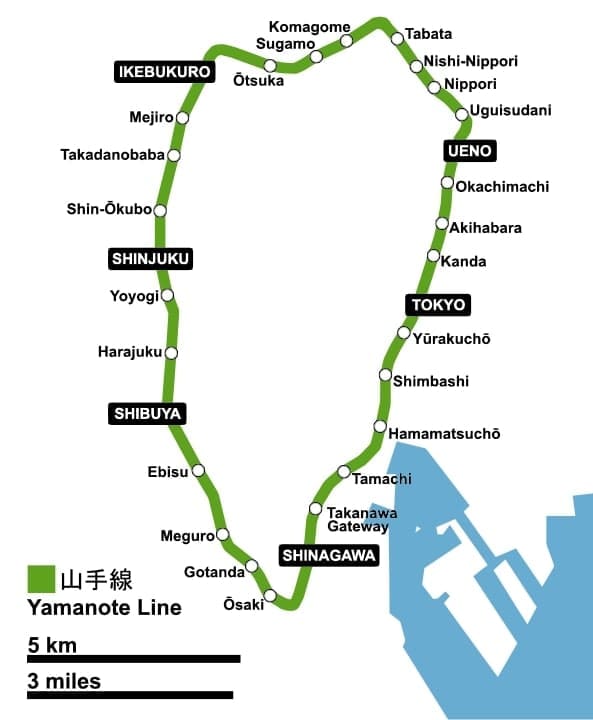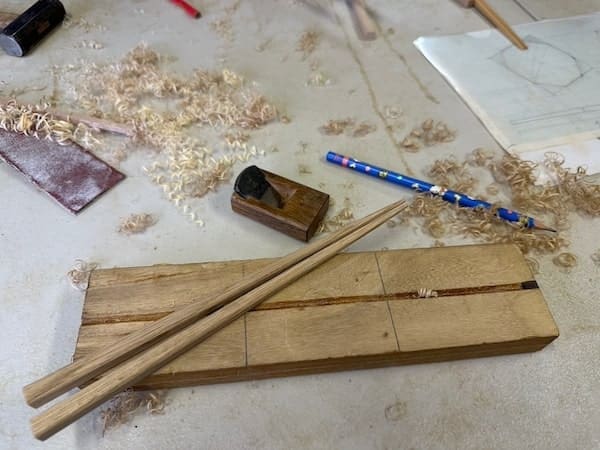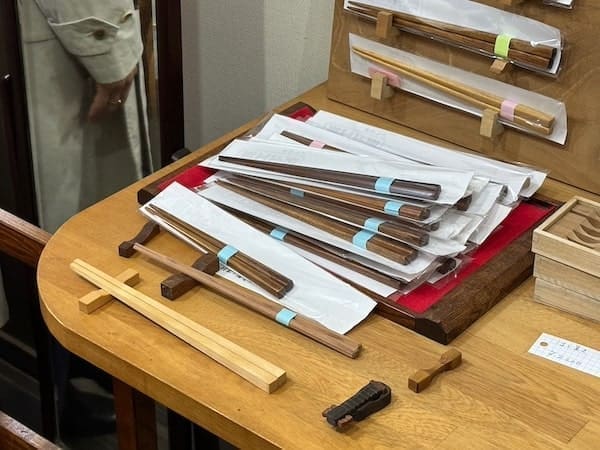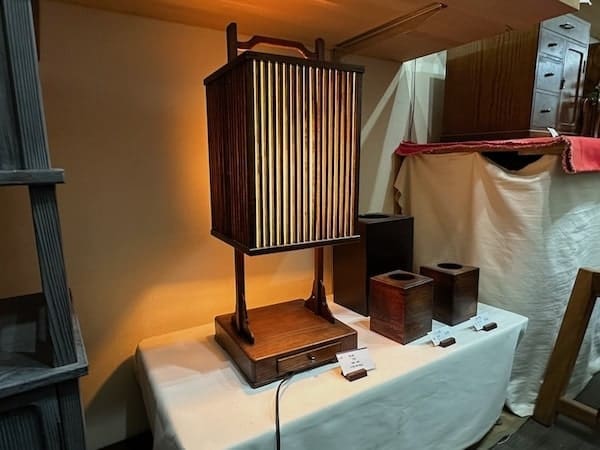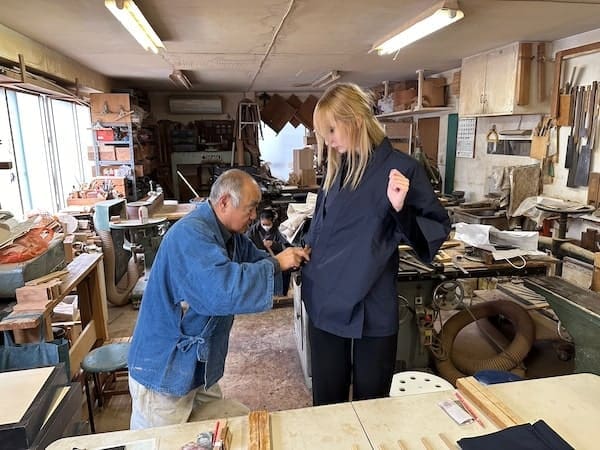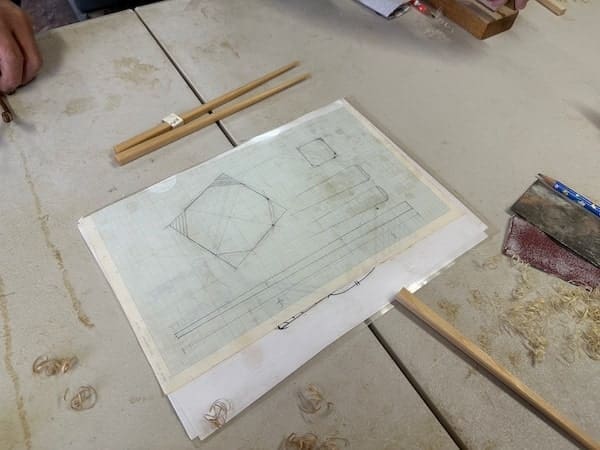You can see geisha in Kyoto almost any time of year. From official performances to private experiences, there are more options than most people realize. And none of them involve sticking a camera in front of someone just trying to get to work.
This guide is split into two parts. First, the things you can do year-round. Then, the events and performances that only happen at certain times. If you’re curious about geiko and maiko and want to see them in a way that feels genuine, this will show you how.
- How to See or Meet Geisha in Kyoto (Anytime)
- 1. Geisha Makeover Experiences (Tourist Costume Experience)
- 2. Spotting Geiko and Maiko in Gion
- 3. Visiting the Gion Corner Show
- 4. Visiting the Gion Kagai Art Museum
- 5. Booking a Geisha Experience through a Tour Agency
- 6. Dining at a Ryotei or Staying at a High-End Ryokan
- 7. Booking a Private Cultural Experience with a Geiko or Maiko
- Seasonal Events and Festivals Where You Can See Geisha
- The Bottom Line
How to See or Meet Geisha in Kyoto (Anytime)
I’ve ordered this part from the least personal and authentic, to the most.
1. Geisha Makeover Experiences (Tourist Costume Experience)
If you’re just looking to take photos in a kimono and look like a maiko for the day, this is the easiest option. Several studios in Kyoto offer “maiko transformation” plans where tourists get dressed in full costume, complete with wig, white makeup, and a short photo shoot. Some plans even let you walk around Gion for a little while in costume. It’s a fun way to get a souvenir photo, especially if you’re traveling with friends.
Just keep in mind that this isn’t a real geisha experience. You won’t be meeting a geiko or maiko, and the people applying your makeup or dressing you up aren’t geisha either. Some tourists confuse this with the real thing, but it’s really just dress-up.
Maiko makeover experience recommendations:
- Maiko Experience with Photoshoot in Japanese Garden (Klook)
- Geisha Makeover Experience Kyoto (Maikoya)
- Kyoto: 2-Hour Maiko Makeover and Photo Shoot (GetYourGuide)
2. Spotting Geiko and Maiko in Gion
If you’re curious to see real geiko or maiko but don’t want to spend money, you might be able to spot one walking to or from an appointment in Gion. The best place to do this is late afternoon or evening around Hanamikoji Street, from around 5:30 PM. Shirakawa is another good area to try.
This is free, but also the least predictable option. You may see several, or none at all. Also, not everyone dressed like a maiko is real, as some are tourists who booked makeover experiences mentioned above. If you want to avoid confusion, look at their behavior: real maiko look like they’re on their way somewhere (because they are). They’re not sightseeing, they’re not posing for photos, and they’re definitely not with a friend taking pictures of them.
Needless to say, if you do spot a geiko or maiko in the street, the most important thing is to be respectful. Don’t block their way or follow them with your camera. They’re often just trying to get to work (where you can meet them – see points 6 and 7 in this list).
3. Visiting the Gion Corner Show
The Gion Corner show is a tourist-friendly introduction to seven traditional Japanese arts, including a short maiko dance. It runs year-round and is held in the Yasaka Hall, right in the heart of Gion. The show is just under an hour and gives you a taste of everything from koto music to tea ceremony.
It’s a good option if you’re on a tight schedule or can’t afford a geisha experience. While you won’t get to speak to the maiko or take a photo with her, you’ll see an actual dance and get a sense of her presence on stage. Tickets are reasonably priced, and you can usually just walk in and buy them before the show.
4. Visiting the Gion Kagai Art Museum
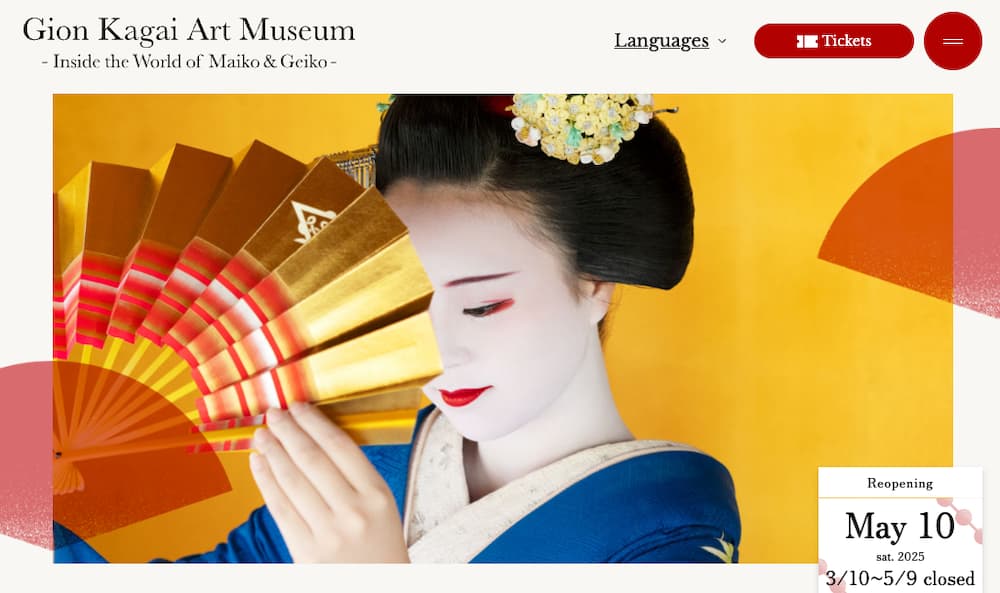
If you want to learn more about the world of geisha without attending a performance, you can visit the Gion Kagai Art Museum dedicated to geisha history and culture. It’s small but detailed, with real items used by maiko and geiko, like hairpins, dance fans, and seasonal kimono.
The museum hosts live events like short geiko and maiko performances or photo sessions. It’s worth checking the schedule in advance and booking your ticket ahead of time. Overall, this is a quiet, informative option as it is more about understanding the culture than actually meeting anyone.
5. Booking a Geisha Experience through a Tour Agency
For something a little more immersive, you can book a geisha experience through online tour agencies like Viator, Klook, or GetYourGuide. These are often organized in small to medium groups and include either a walking tour, a tea ceremony, or a multi-course meal. You will usually meet one or two geiko or maiko, and a guide might be present to help interpret and explain what’s going on. You’ll watch them dance and play traditional instruments, perform a tea ceremony, play traditional games, and/or have a chance to chat (with help).
They’re more polished experiences made for tourists, but that’s not a bad thing. They’re easier to book, more accessible, and don’t require insider connections like authentic experiences do. If you’re curious but not ready to drop a huge budget, this is a good middle ground.
Geisha experience recommendations:
- Kyoto: Meet the Geisha Maiko with Gion Walking Tour (Viator)
- Kyoto: Geisha Dinner & Gion Cultural Walk (GetYourGuide)
- Geisha (Maiko) Tea Ceremony & Show in Kyoto Gion Kiyomizu (Maikoya)
- Geisha Dinner Show in Kyoto (Maikoya)
- 1 Hour Geisha Show Performance in Kyoto (Viator)
6. Dining at a Ryotei or Staying at a High-End Ryokan

One of the most exclusive ways to meet a geisha is to stay at a luxury ryokan or dine at a traditional ryotei that offers maiko or geiko entertainment. These places often have long-standing relationships with local geiko houses and can arrange private evenings where the geiko come to entertain you during dinner.
These aren’t tourist packages. They’re the real thing. They would be nearly impossible to book directly by yourself, so it helps to go through a hotel concierge or a service that understands both the local culture and your expectations (like Wabunka, see my experience recommendations below). It’s expensive, but if you’re looking for something special and authentic, this is the way to do it.
High-end geisha experience recommendations:
Wabunka offers some of the most authentic experiences available to international visitors in Japan. All their experiences are private (no mixed groups) and take place in historic venues with real artisans, artists, monks, or in this case, geiko and maiko. I always recommend them to anyone looking for traditional, deep experiences when visiting Japan:
- Bistro Fine Dining, a Bamboo Grove, and Maiko Entertainment at Fortune Garden Kyoto (Wabunka). This is my top recommendation. It’s an authentic experience, where you get to dine at one of Kyoto’s high-end restaurants, Fortune Garden Kyoto.
- Private Geisha Entertainment and Delicious Japanese Cuisine at a Traditional Ochaya in Gion, Kyoto (Wabunka)
- Evening with Geisha in Arashiyama: Kaiseki Dinner and Entertainment (Wabunka)
7. Booking a Private Cultural Experience with a Geiko or Maiko
If you’re looking for something truly intimate and personal, consider booking a private session with geiko and maiko through a cultural experience company. These take place in a tea house or private venue and might include a kaiseki meal or a tea ceremony, traditional games, a short performance, and a chat with the geiko or maiko through a private guide interpreter.
Compared to the group dinners, those are much more personal. It’s also more flexible, since it feels less like a show and more like a casual conversation, where you can actually ask questions and talk about whatever you’re curious about.
It’s more expensive, but keep in mind that those experiences are usually impossible to book, even for Japanese people (they usually need to an insider connection). These are the most exclusive and authentic type of geisha experiences you can have.
Private geisha experience recommendations:
- Maiko Tea and Entertainment with Behind-the-Scenes Insights at Kyoto’s Oldest Geisha District (Wabunka). This is my top recommendation. It’s the best option out there if you want to have an in-depth experience about geisha culture. It’s an amazing and unique chance to see the behind-the-scenes of one of Kyoto’s ochaya (exclusive, high-class establishments where patrons are entertained by geisha), in private.
- Private Geisha Entertainment and Delicious Japanese Cuisine at a Traditional Ochaya in Gion, Kyoto (Wabunka). This is as authentic as it gets. Japanese clients receive the exact same service.
Seasonal Events and Festivals Where You Can See Geisha
Here you’ll find annual events, public performances, and seasonal festivals where geiko and maiko appear. Some take place on stage, others in the streets, but all of them are tied to specific dates.
A. Geisha Districts’ Dance Performances
Each of Kyoto’s five geisha districts puts on a public dance performance once a year. Most of them started over 70 or even 100 years ago, and they’re still one of the easiest ways to see real geiko and maiko perform. Tickets can be booked online and all visitors are welcome.
1. Miyako Odori (April 1–30)
Held every April in the Gion district, the Miyako Odori is probably the most famous way to see geisha in Kyoto. It’s a month-long series of performances by the geiko and maiko of Gion Kobu, Kyoto’s most prestigious geisha district. The show is held in the Gion Kobu Kaburenjo Theater, and features seasonal dances, elegant kimonos, and live traditional music.
Tickets start at ¥4,000, and while it’s tourist-friendly, the performances themselves are authentic and worth seeing. There are three performances daily, and you can also book an optional tea service served by a maiko before the show (¥7,000 ticket). If you’re in Kyoto in April, this is the easiest way to see the real thing on stage.
2. Kitano Odori (Late March to early April)
Kitano Odori is similar to the Miyako Odori, but it’s performed by geiko and maiko from the Kamishichiken district, Kyoto’s oldest. It usually runs for about two weeks from late March to early April, right as cherry blossoms begin to bloom.
There are two shows daily. Regular tickets cost ¥6,000, but you can also book a ticket that includes a short tea ceremony before the performance for ¥7,000. If you’re already planning to visit the nearby Kitano Tenmangu Shrine for plum or cherry blossoms, this is an easy detour.
3. Kyo Odori (Early to mid-April)
The Kyo Odori is the annual spring dance performance of the Miyagawacho geiko district. It usually takes place for about two weeks in early to mid-April at the Miyagawa-cho Kaburenjo Theater, which is right by the Kamogawa River and easy to reach from Gion.
There are usually two shows per day during weekdays and three during weekends. It’s a good pick if you’re visiting during cherry blossom season and want to experience a seasonal and traditional show.
4. Kamogawa Odori (May 1–24)
Held by the Pontocho district, the Kamogawa Odori has a slightly different feel. The program typically starts with a short play and ends with a more traditional dance segment. The shows are held in the Pontocho Kaburenjo Theater, right near the river.
It’s a good pick if you’re visiting in May and want to see a performance without the full crowds of April. There are usually two shows per day, and tickets are similar in price to the others, starting at ¥6,000. The venue is small, so book early if you’re traveling during Golden Week (a full week of national holidays starting at the end of April or early May).
5. Gion Odori (November 1–10)
If you’re in Kyoto during the fall, the Gion Odori is the seasonal dance performance to look for. It’s hosted by the Gion Higashi district and held in the Gion Kaikan Theater. The show has a slightly different style and tends to be a bit more modern than the spring dances, but it’s still rooted in traditional performance.
There are usually two shows daily, and the area around the venue is especially beautiful in November with fall colors. Tickets also start at ¥6,000. If you missed the spring dances, this is your next best bet.
6. Bonus: Miyako no Nigiwai (Late June)
Miyako no Nigiwai is a special joint performance that brings together geiko and maiko from all five of Kyoto’s hanamachi. It’s usually held over a weekend in late June at the Minami-za Theater, and features about 80 performers showcasing the unique dance styles of each district.
This event started in 1994 to mark Kyoto’s 1200th anniversary as the imperial capital. It’s a unique chance to see all five districts on the same stage, and the finale often includes a group performance of “Gion Kouta,” a song closely tied to Kyoto’s geisha culture.
Tickets are a bit pricier than the seasonal odori, starting around ¥6,500 and up to ¥14,000, and tend to sell out quickly.
B. Other Festivals
7. Setsubun at Yasaka Shrine (February 2–3)
This one isn’t a stage performance, but it’s a great chance to see geiko and maiko up close. Every year for Setsubun (a festival marking the beginning of spring), they take part in a bean-throwing ceremony at Yasaka Shrine. They also perform short dances and mingle a bit with the crowd afterward.
It usually happens on February 2 and 3, around midday. You don’t need a ticket, but expect large crowds and lots of cameras. If you’re visiting Kyoto in winter and want to catch a glimpse of maiko without booking anything, this is your best shot.
8. Gion Matsuri (July 1–31)
Kyoto’s biggest festival takes place across the entire month of July, and while it’s not centered on geisha, you can often spot geiko and maiko attending events, especially around the main parade days on July 17 and 24. During those evenings, you might see them walking around in summer kimono.
This is more of a bonus sighting than a guaranteed appearance, but it’s still worth noting. If you’re visiting in July anyway, keep your eyes open, especially in the evenings around Shijo and Karasuma.
9. Hassaku in Gion (August 1)
Hassaku is a more local, traditional event, where geiko and maiko visit the teahouses, restaurants, and other small businesses they work with to show respect. It’s one of the few times you can see many of them walking around Gion in full formal kimono, during the day, without any performances or ceremonies.
The best time to catch them is in the morning between 10:00 AM and noon, especially along Hanamikoji Street. If you’re visiting in August and don’t mind the heat, it’s a very photogenic and culturally rich thing to witness.
But just keep in mind that this isn’t a public event like Setsubun or Gion Matsuri. A lot of people go to take photos, but Hassaku isn’t meant for an audience. If you’re reading this article, I’m sure you already know to be respectful, but it’s even more important if you decide to go to Hassaku.
The Bottom Line
With new restrictions in place in Gion, it’s becoming harder to rely on chance encounters or street sightings. But there’s a quiet upside to that shift. It pushes more people toward the options that are deeper, more respectful, and more meaningful. That’s where the real experience has always been anyway.
